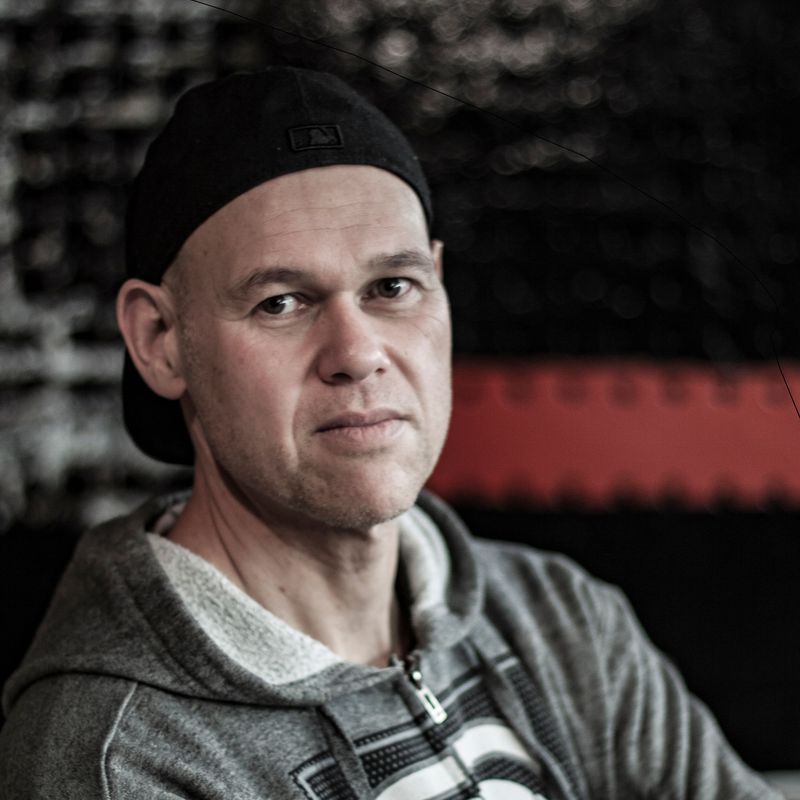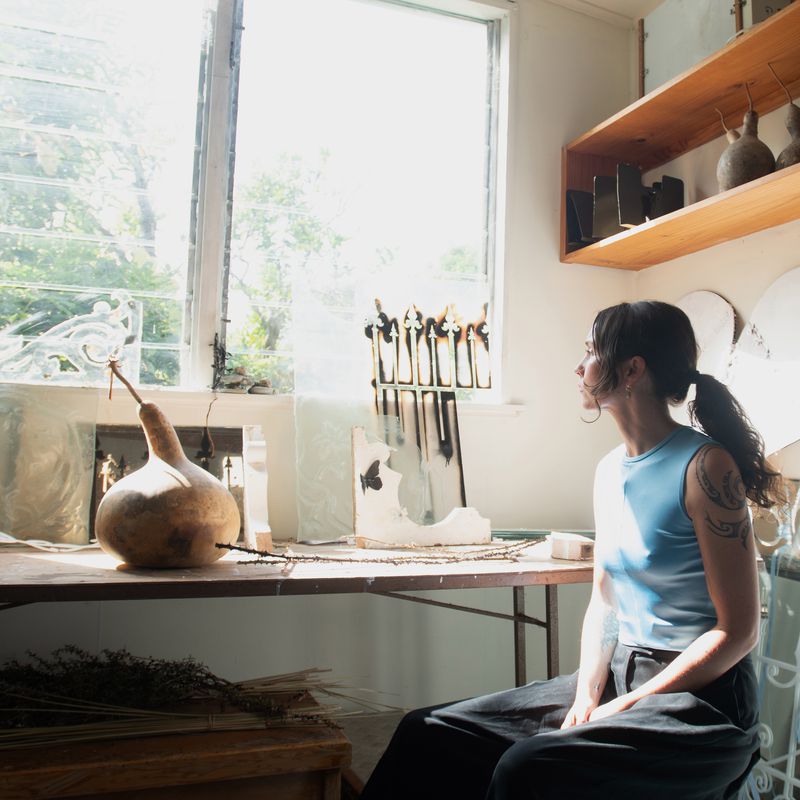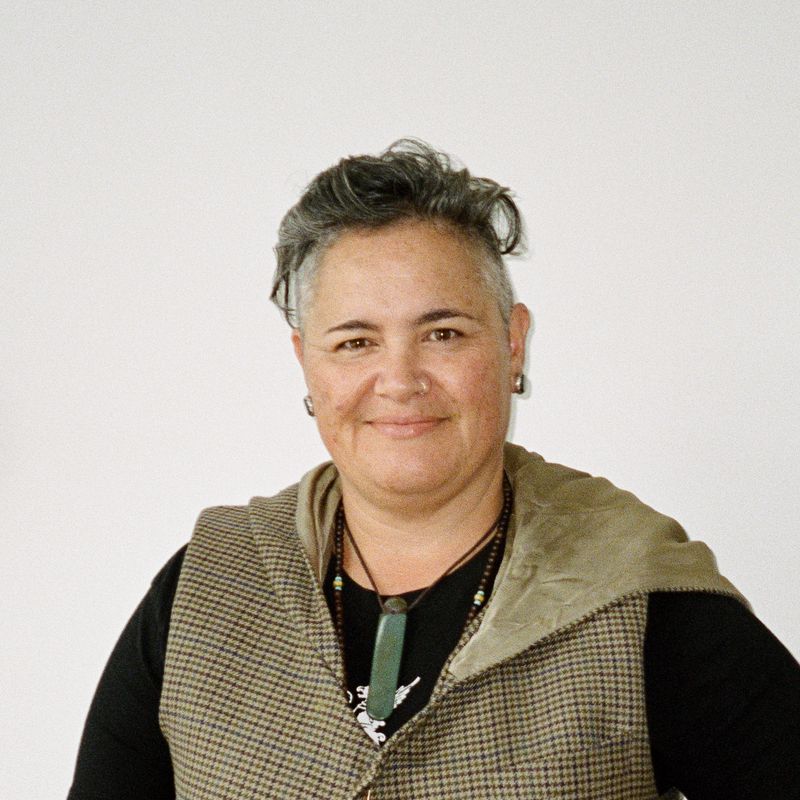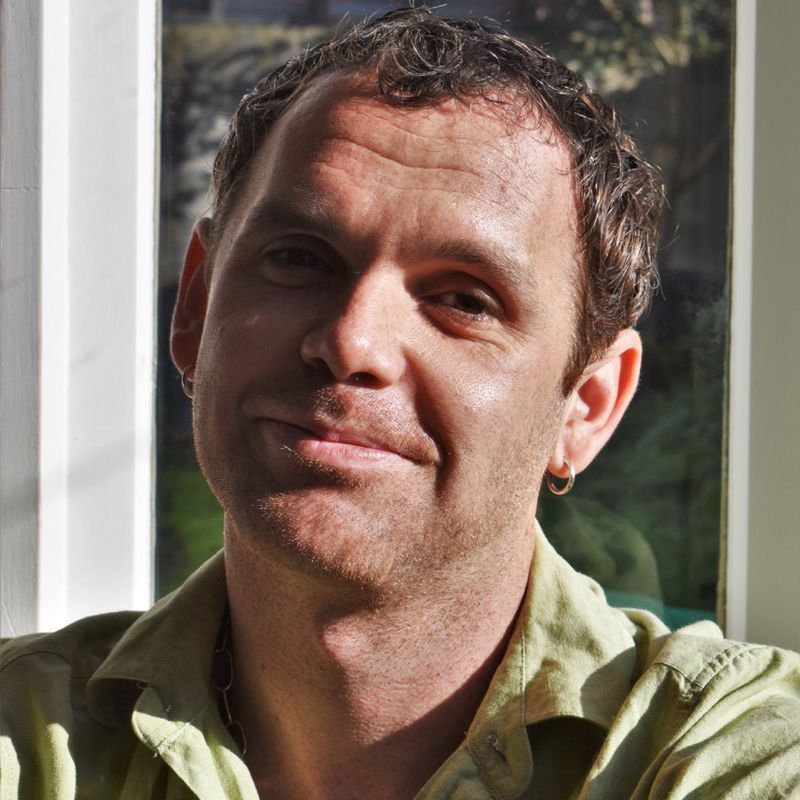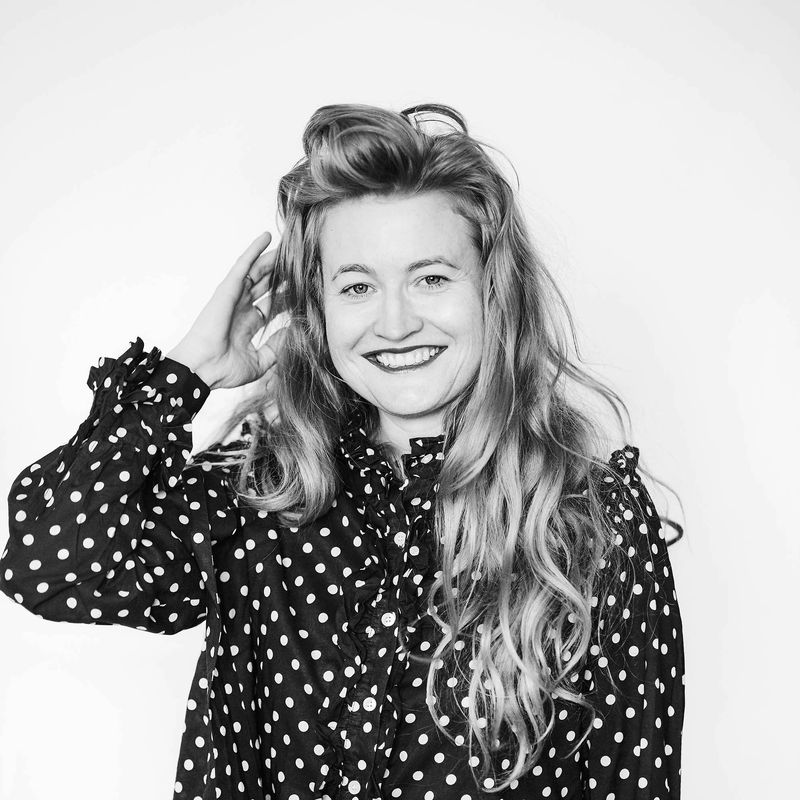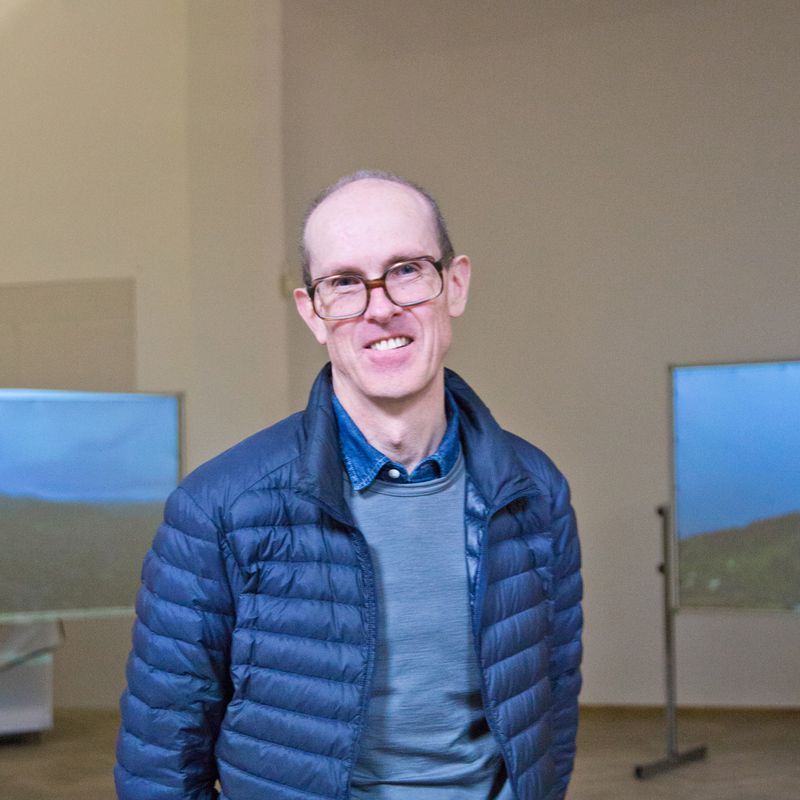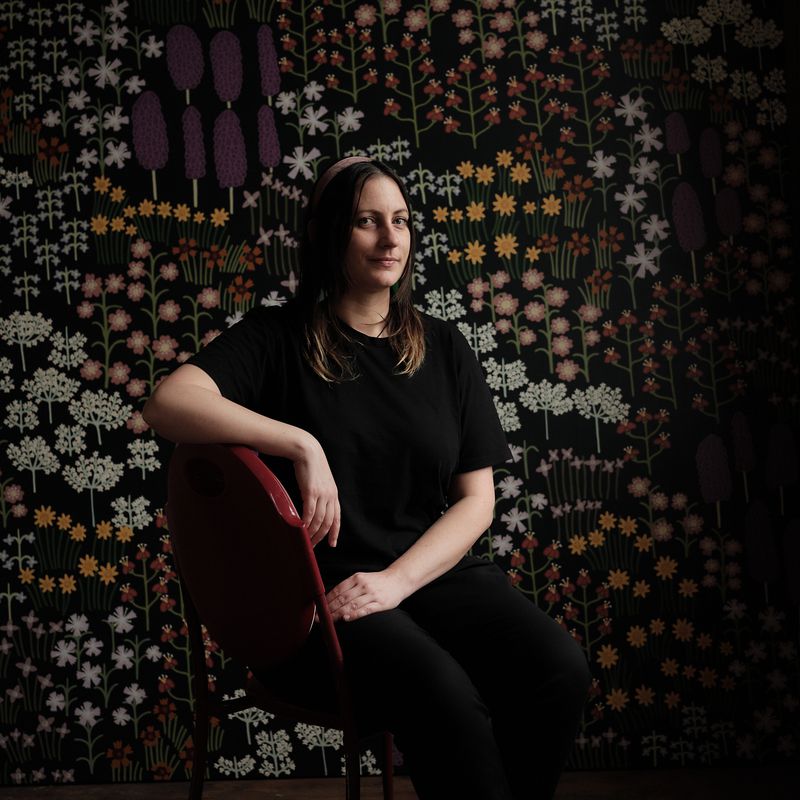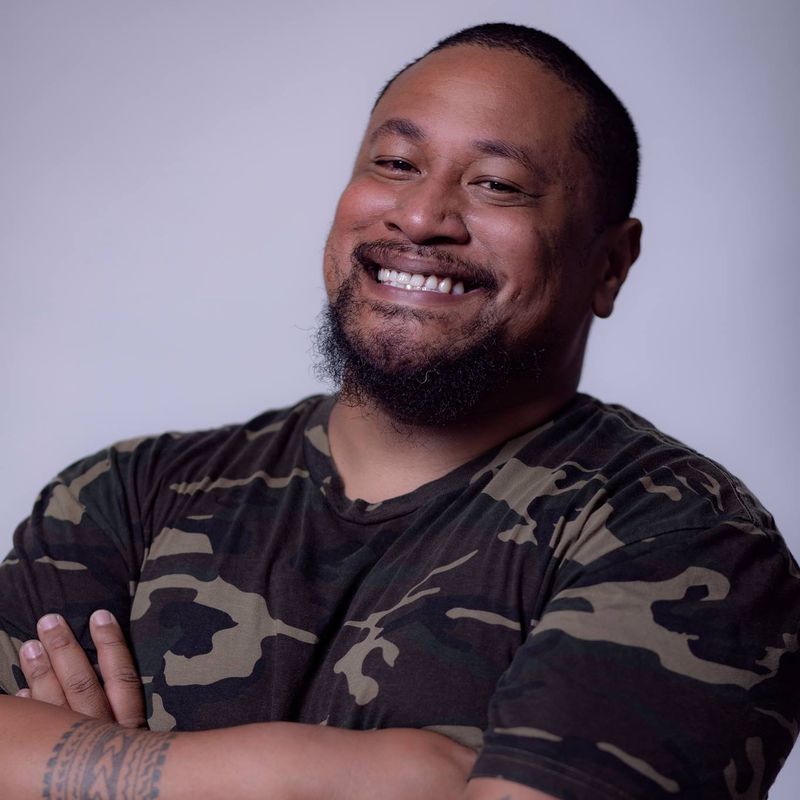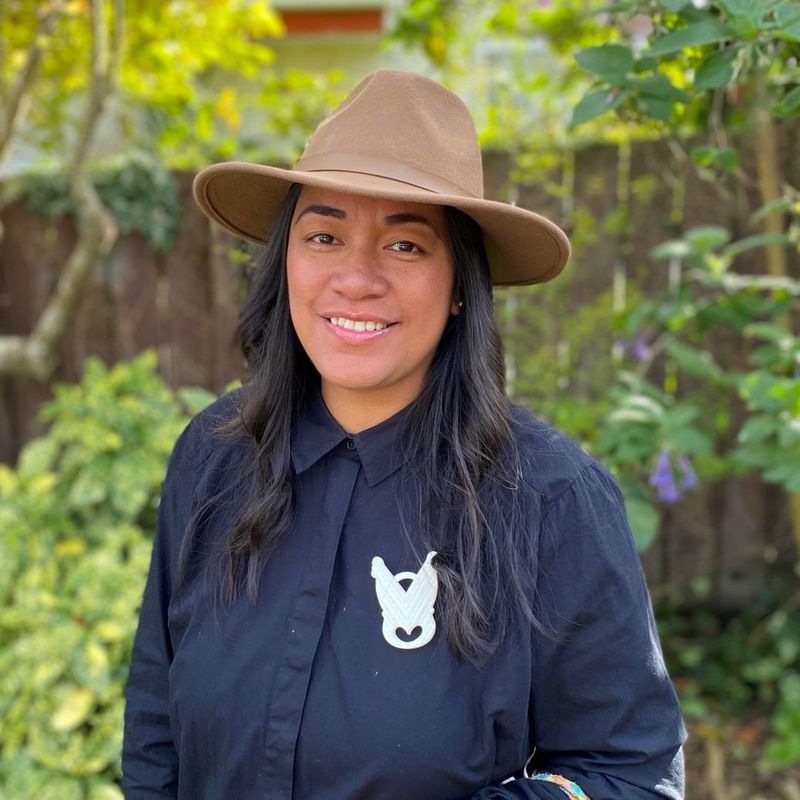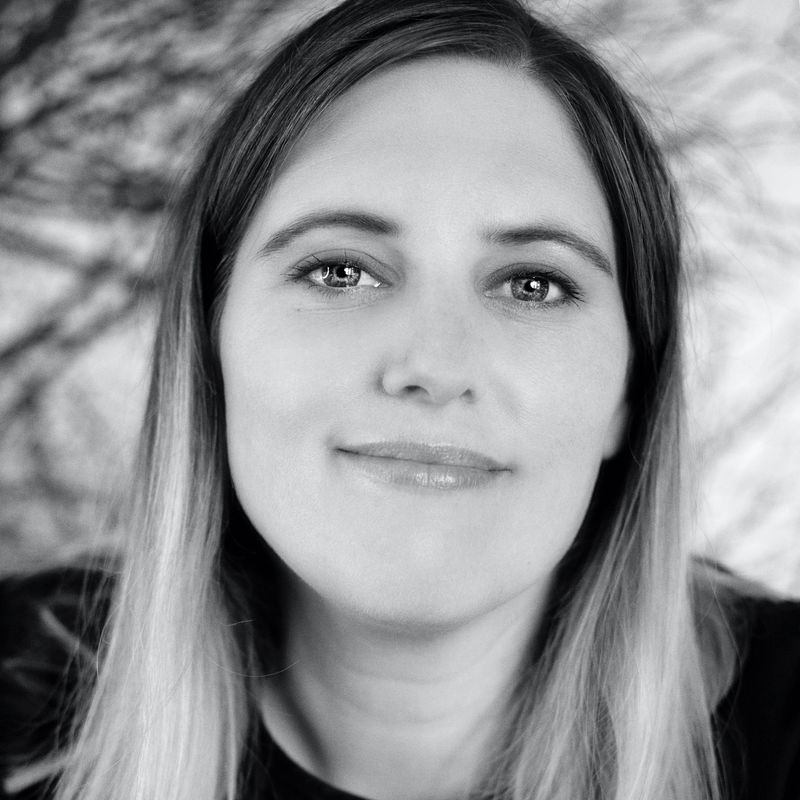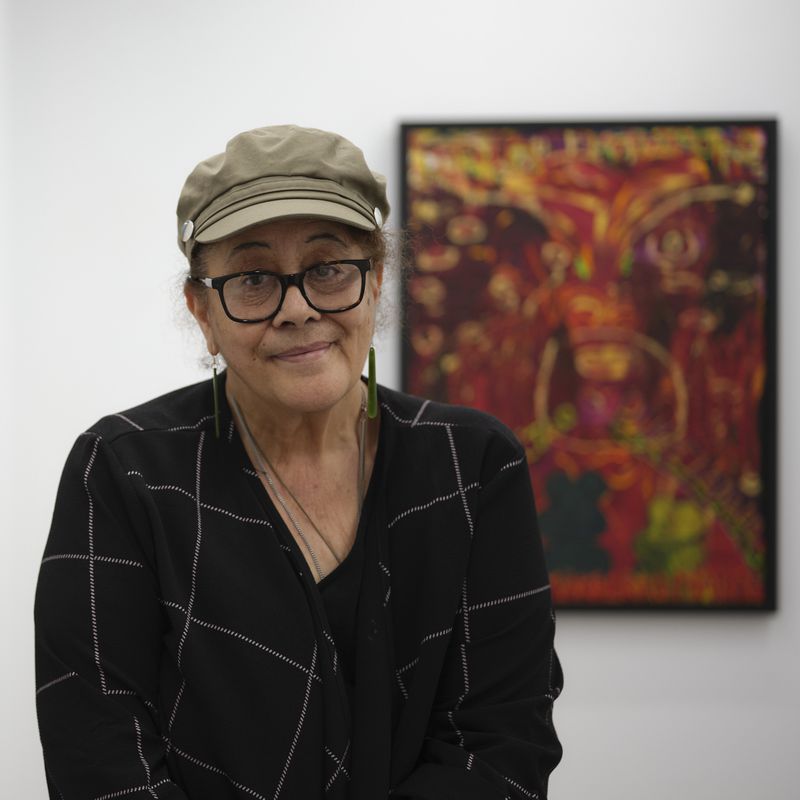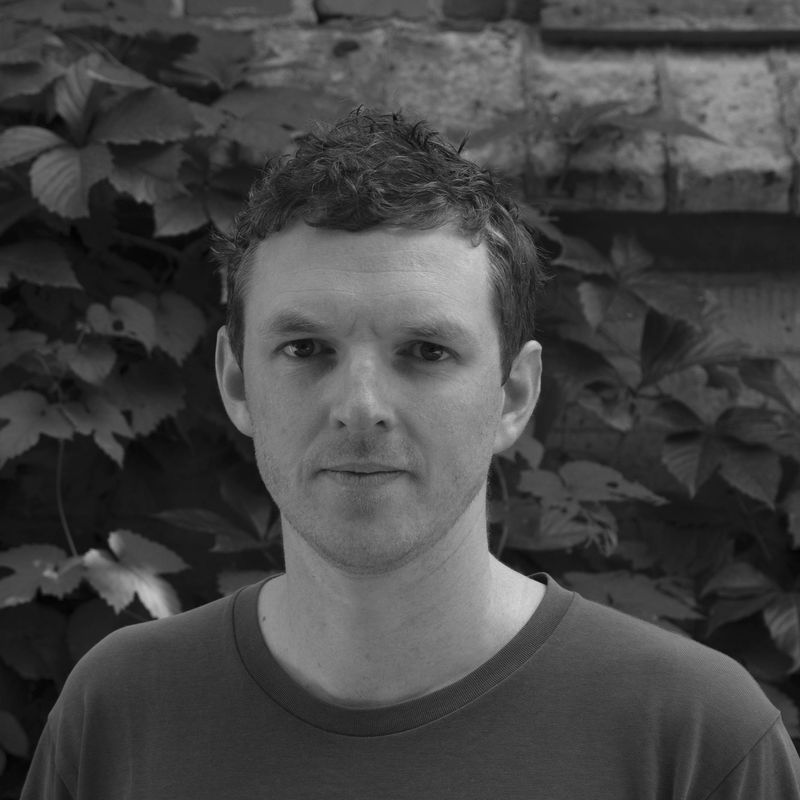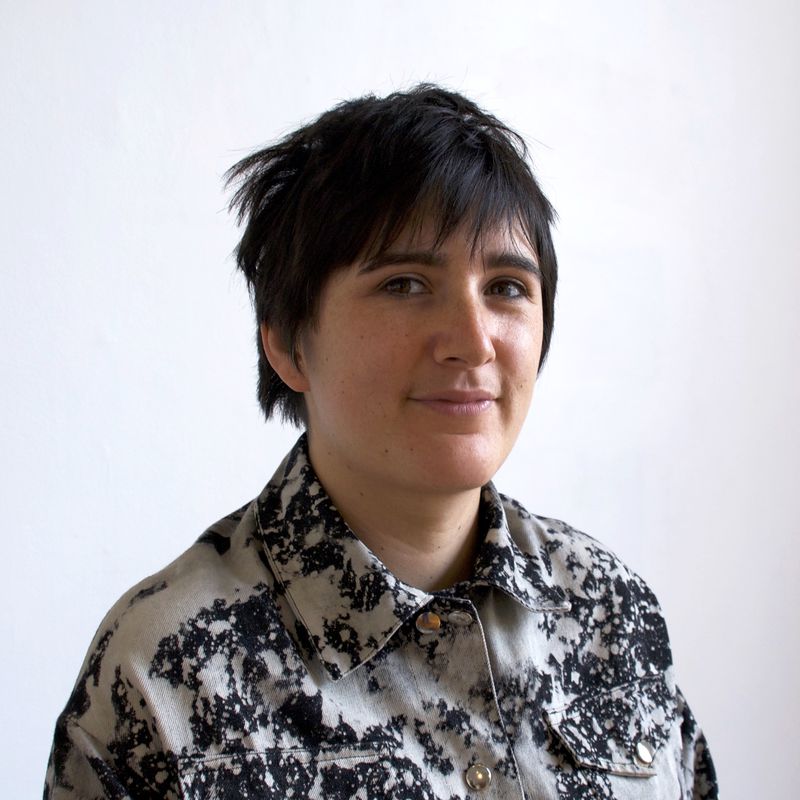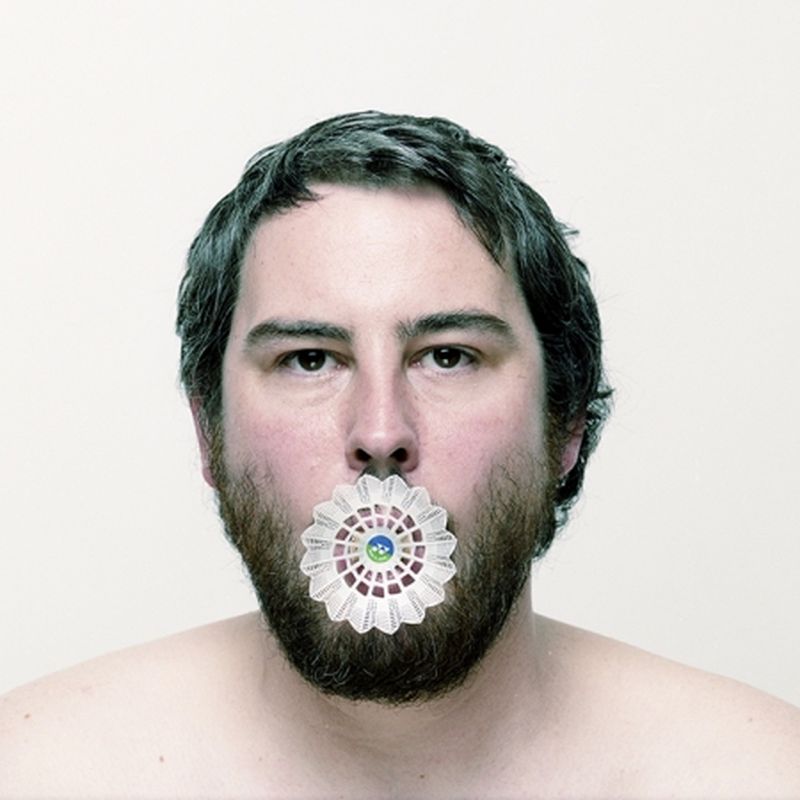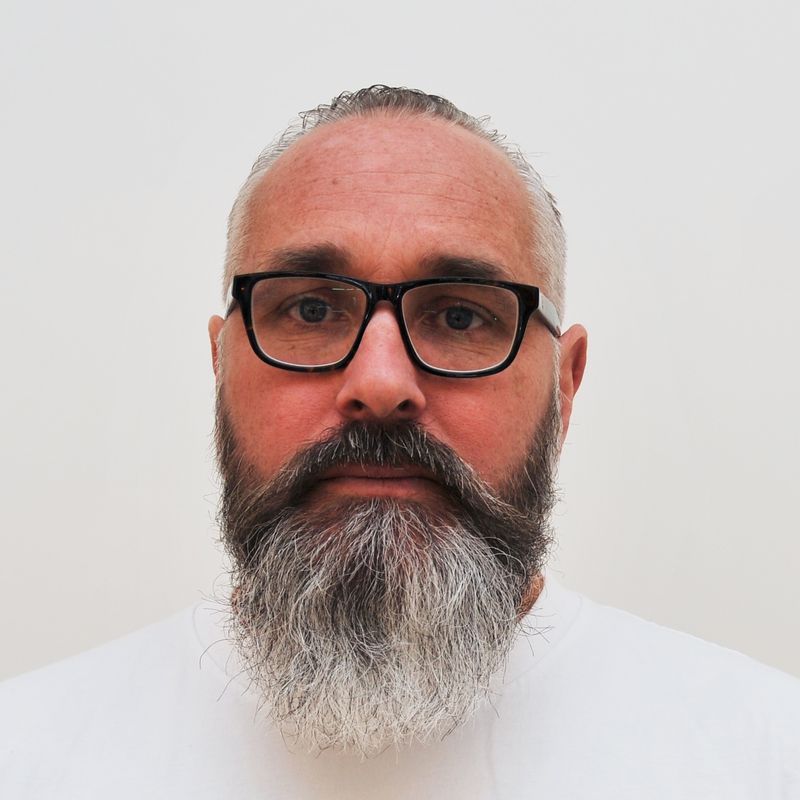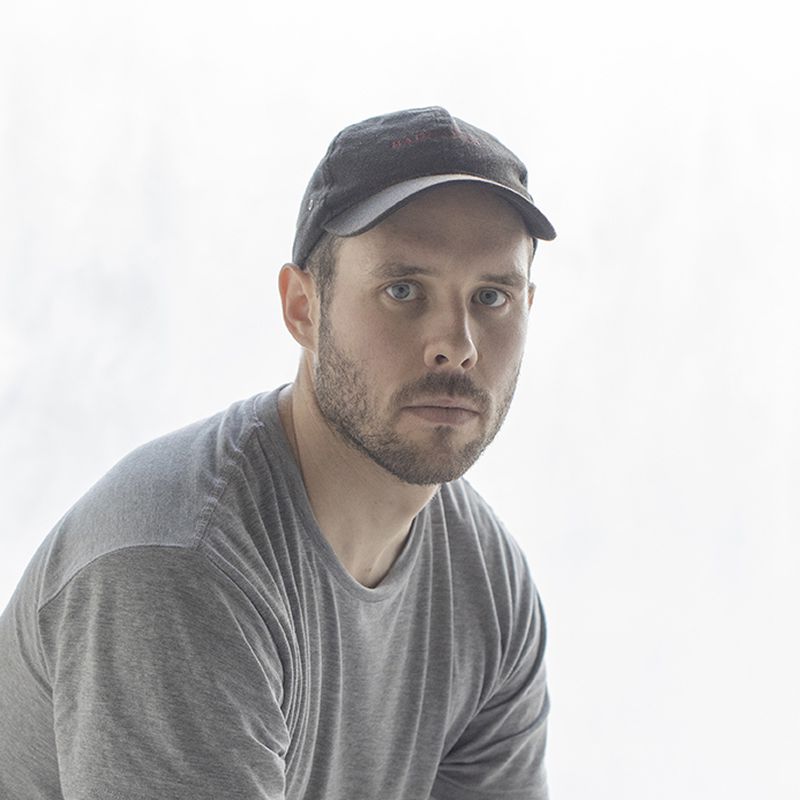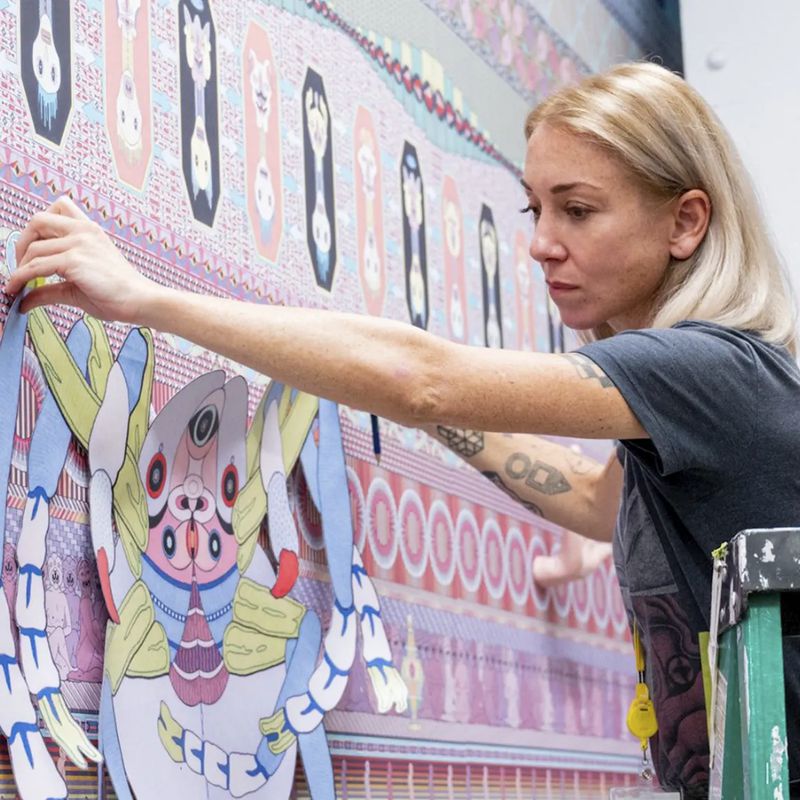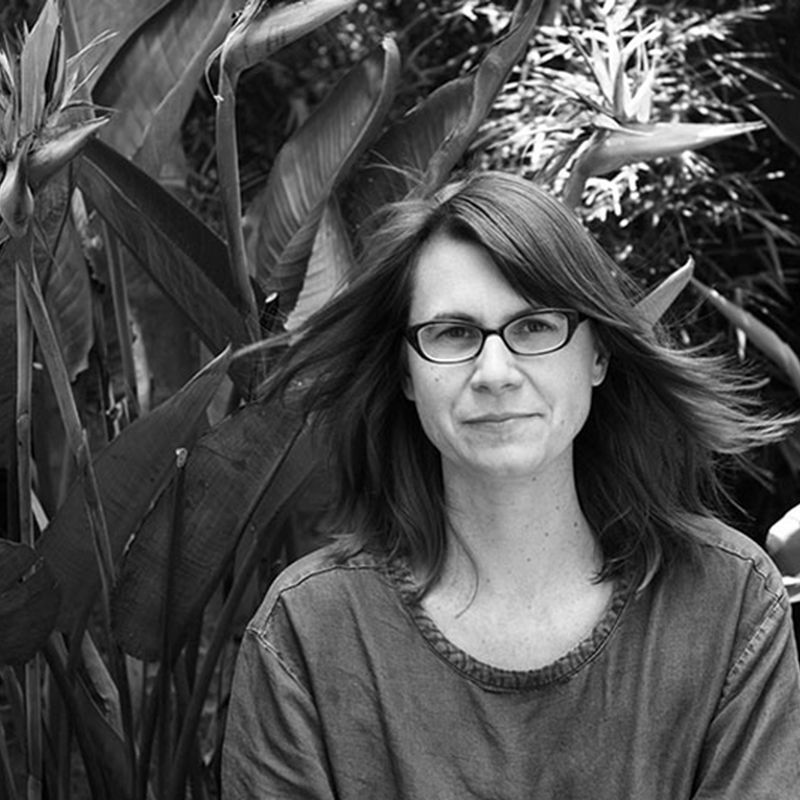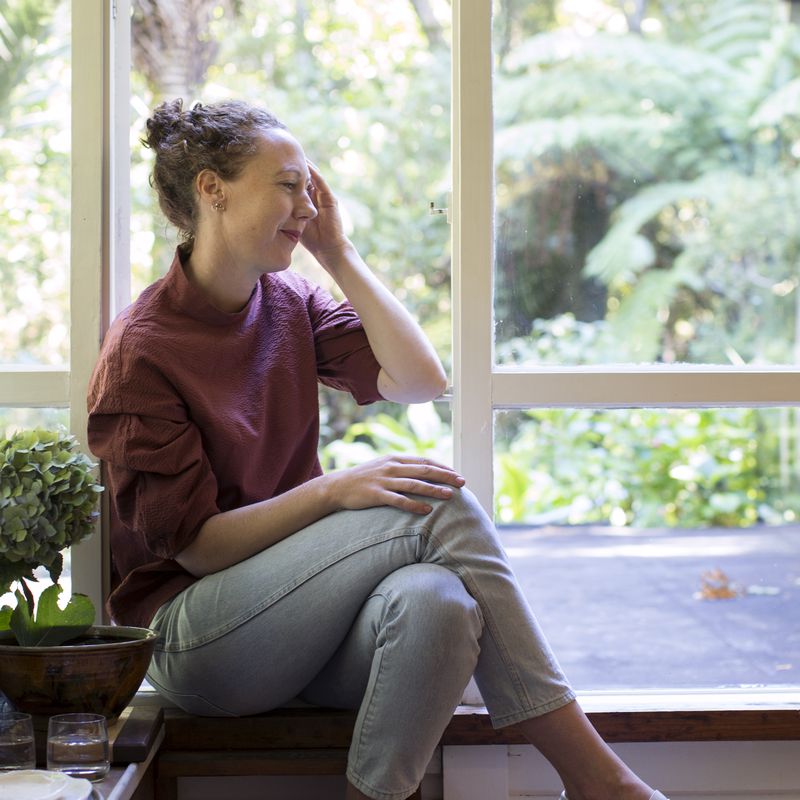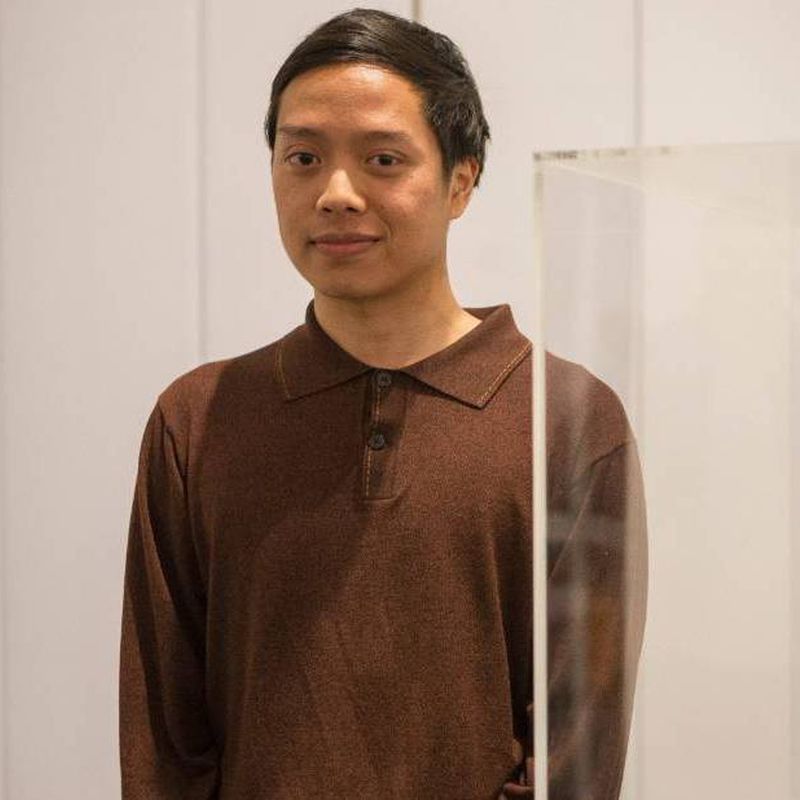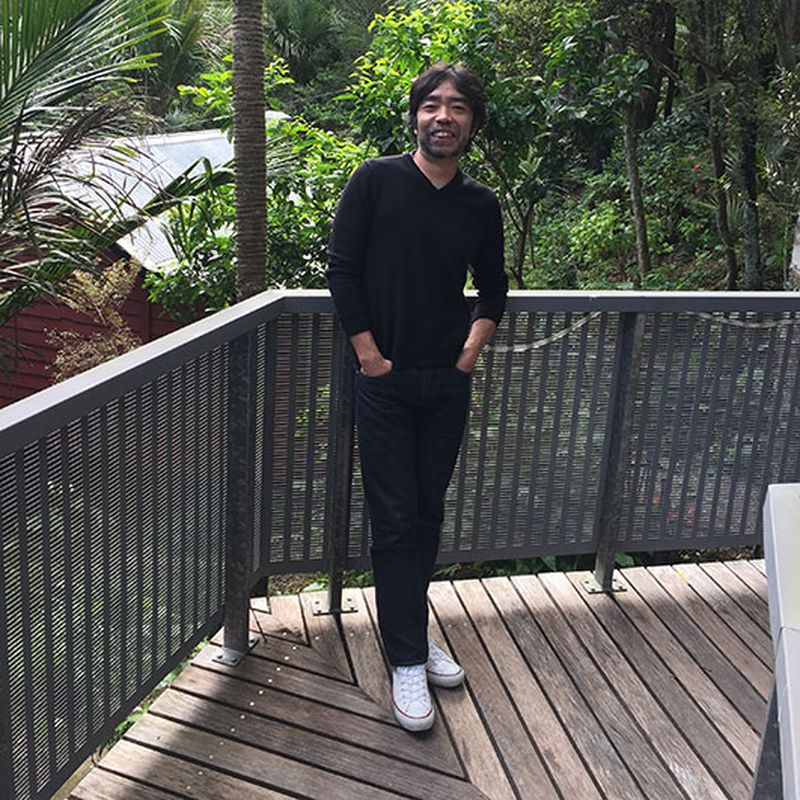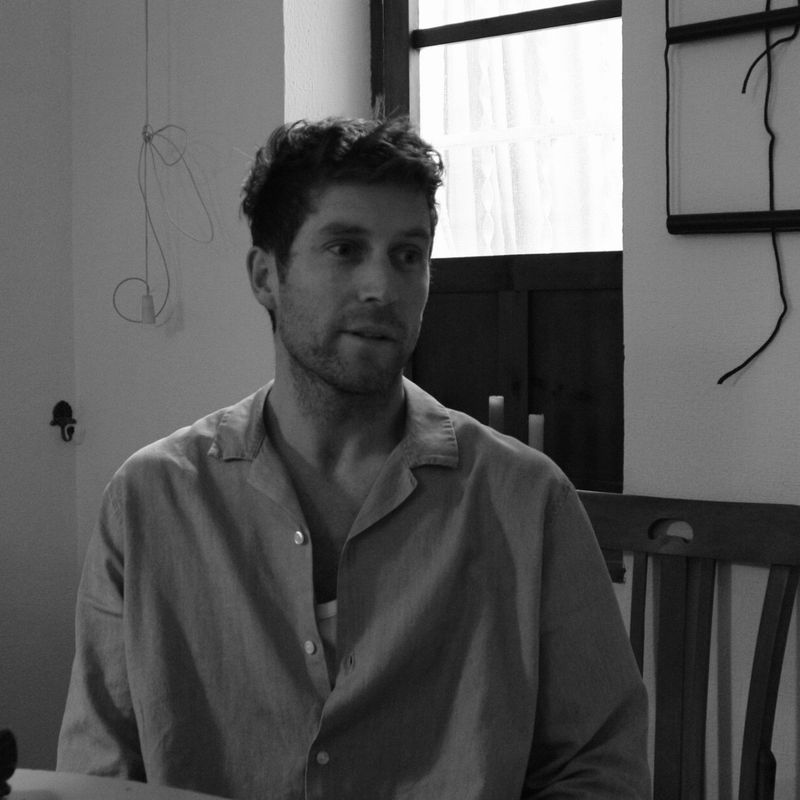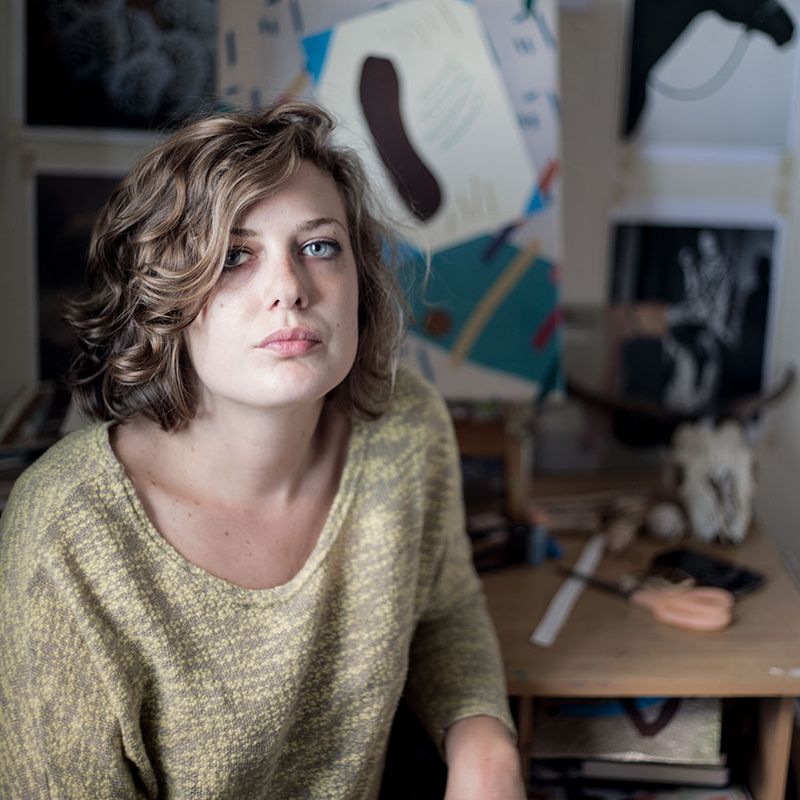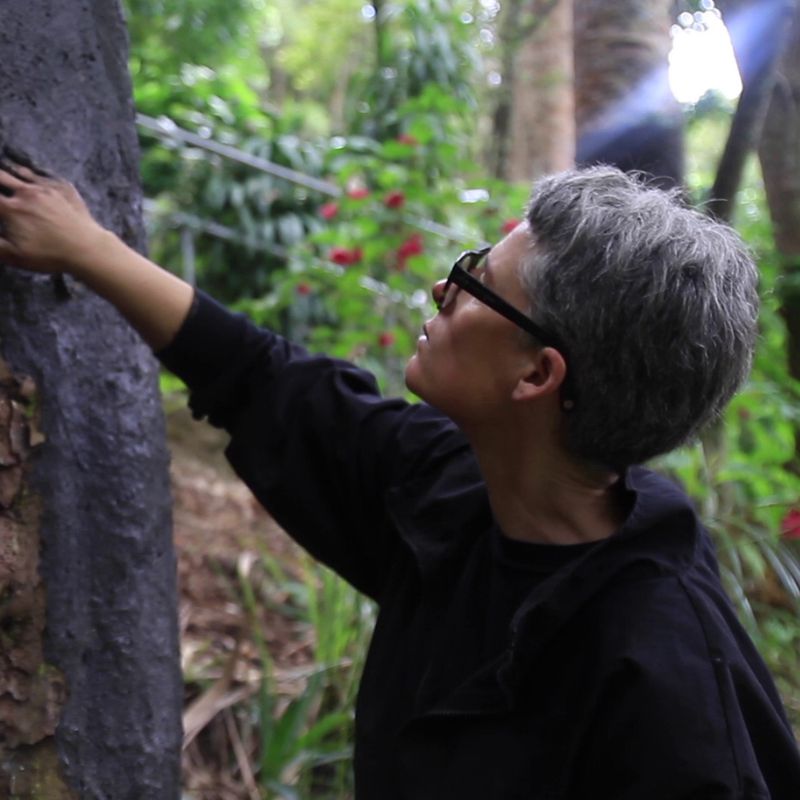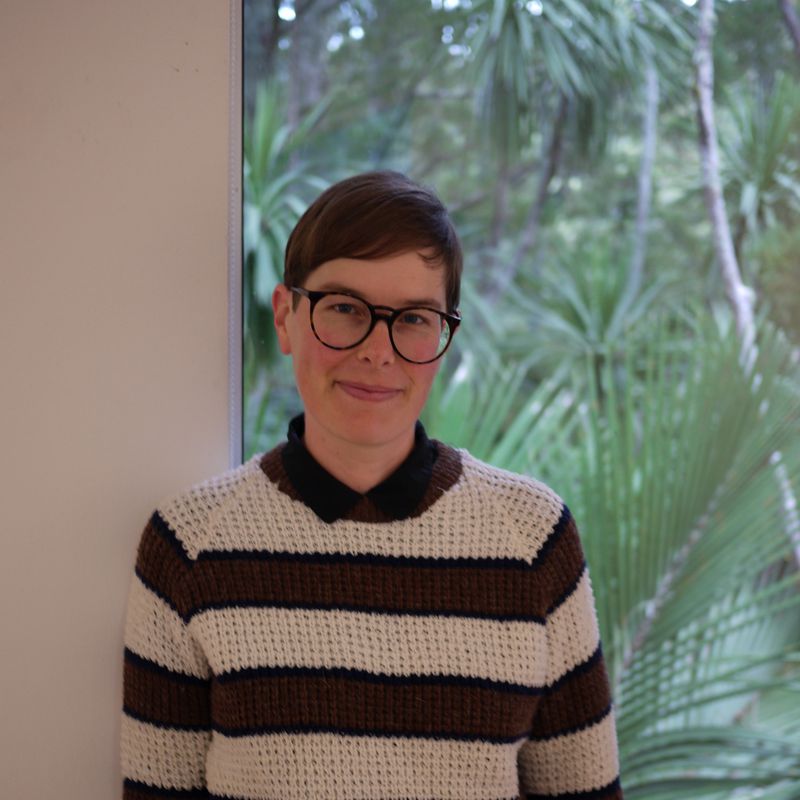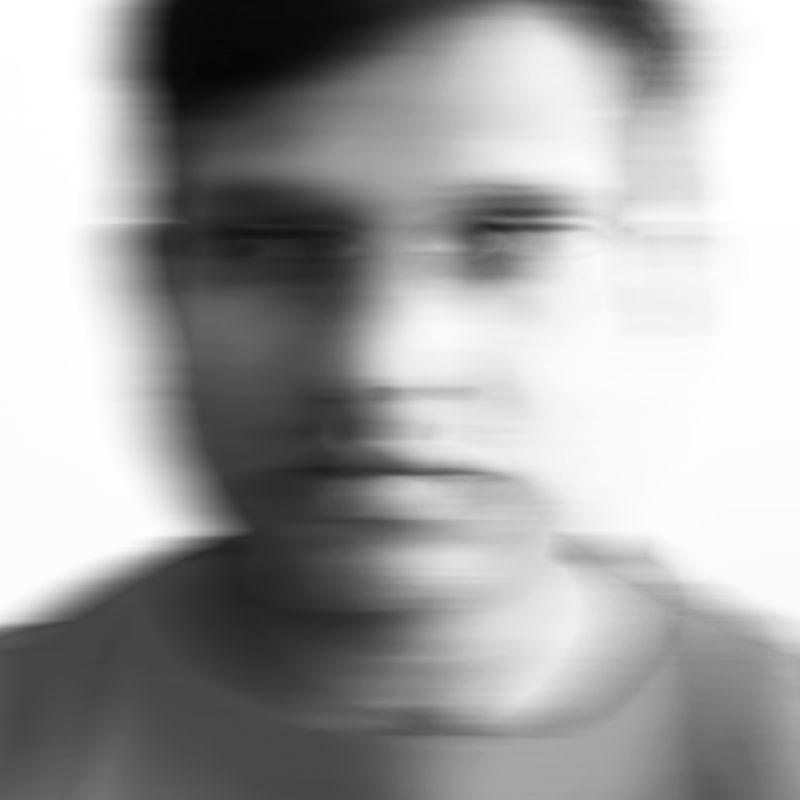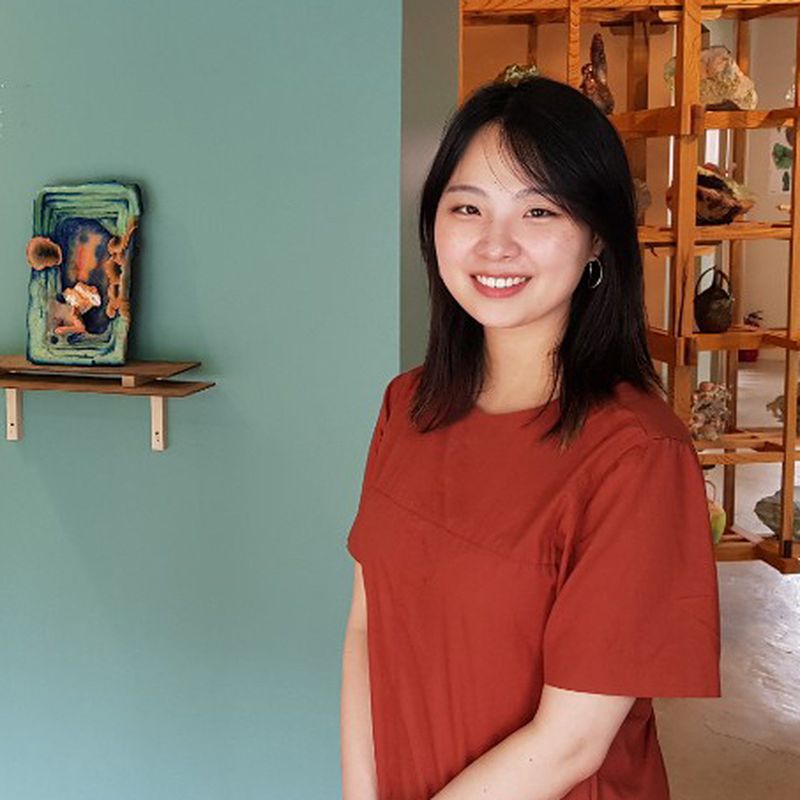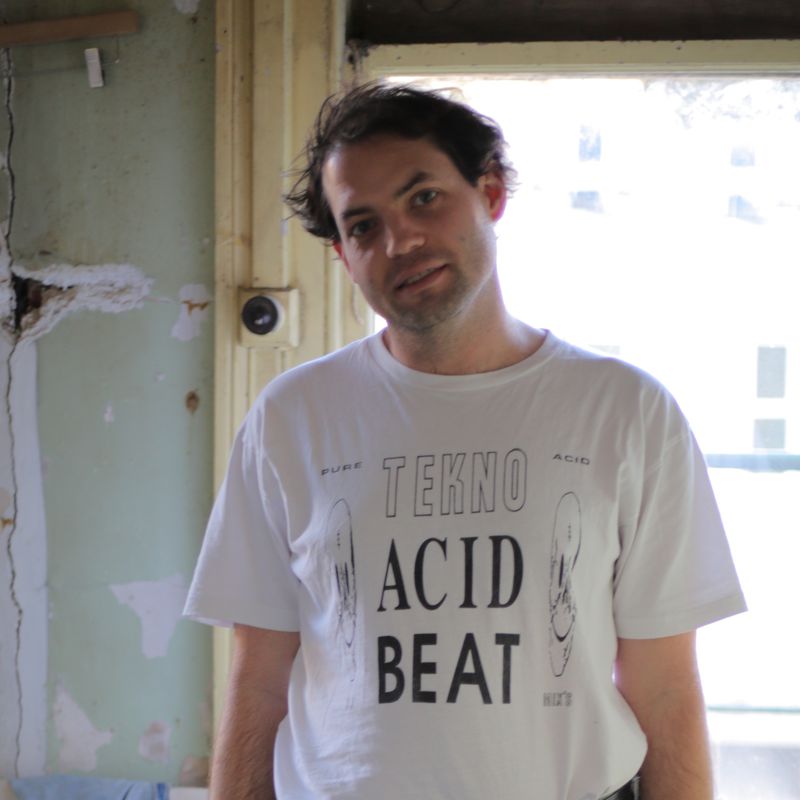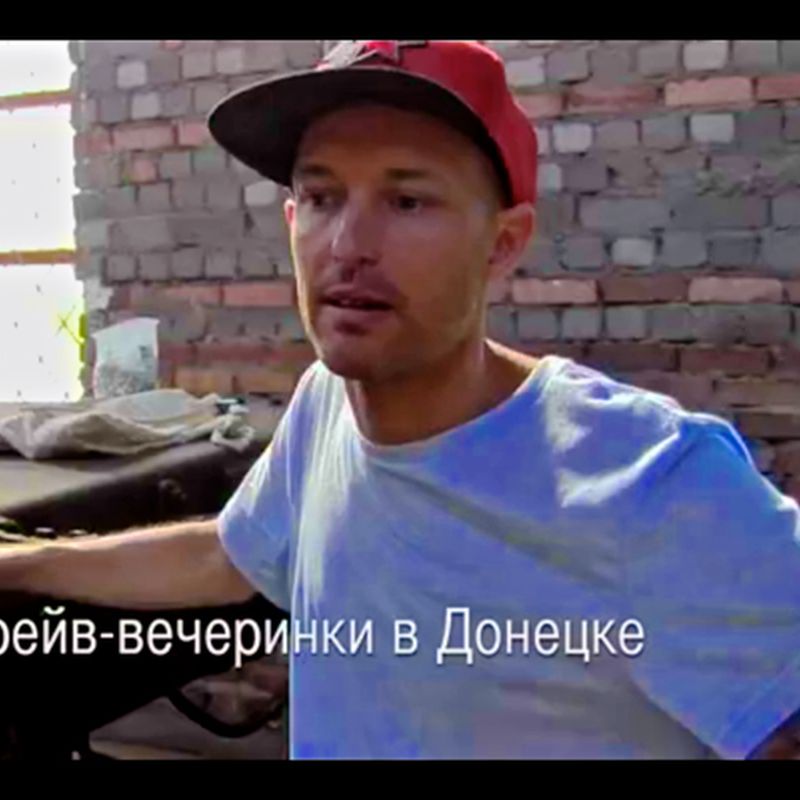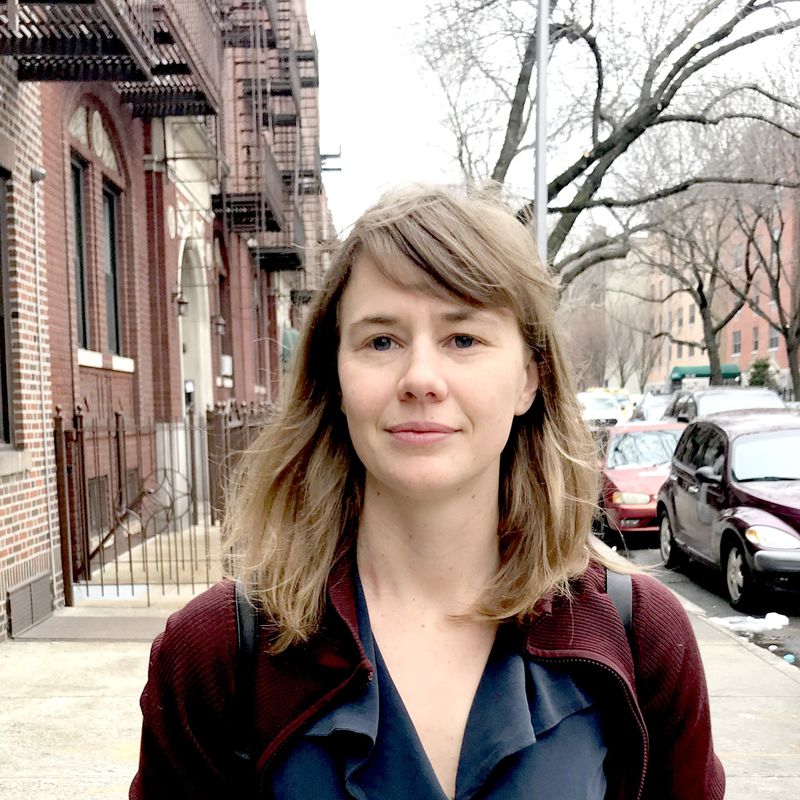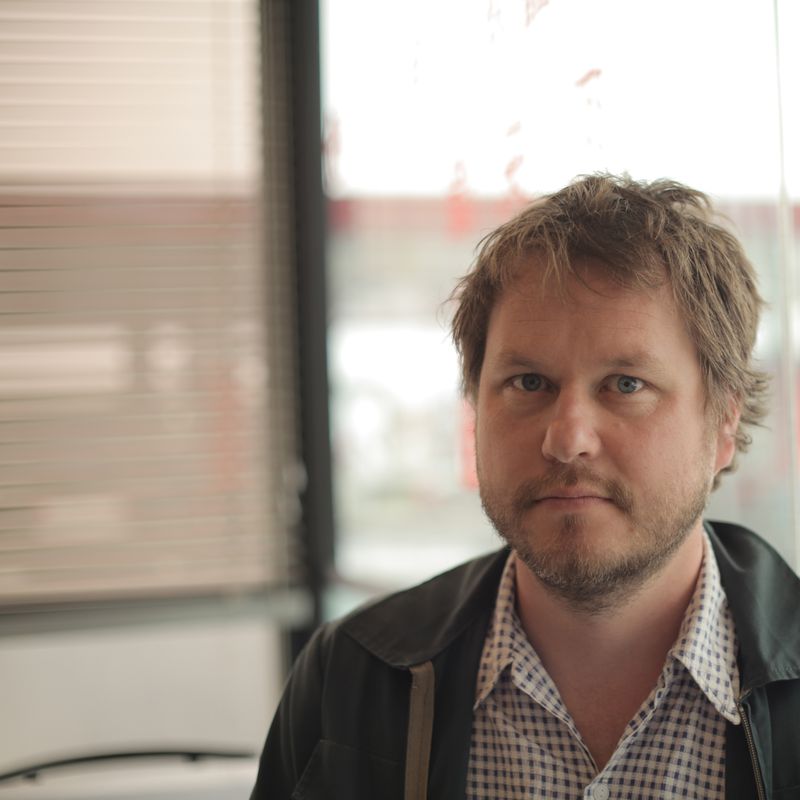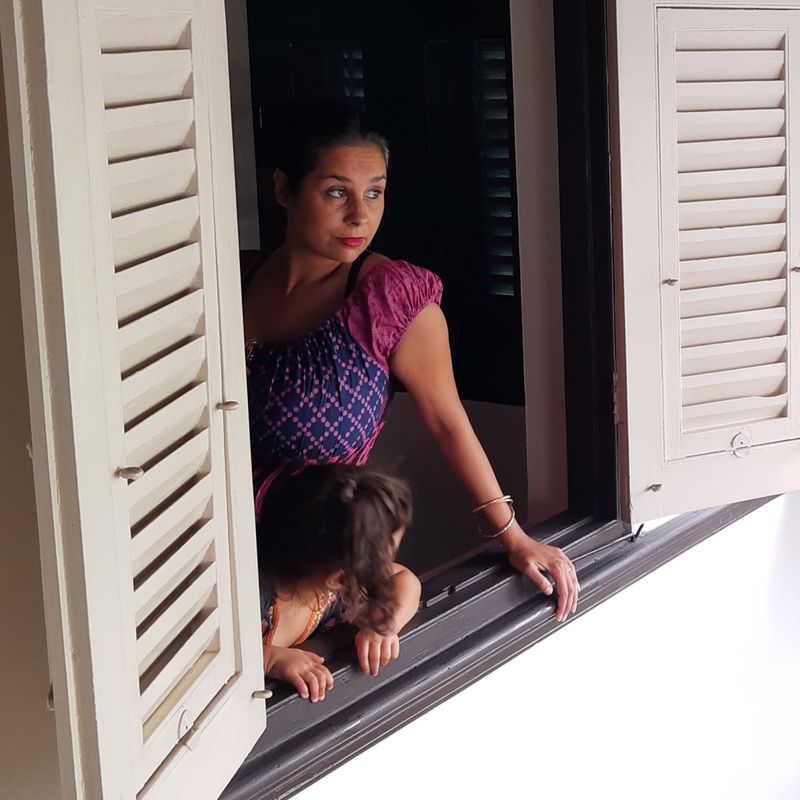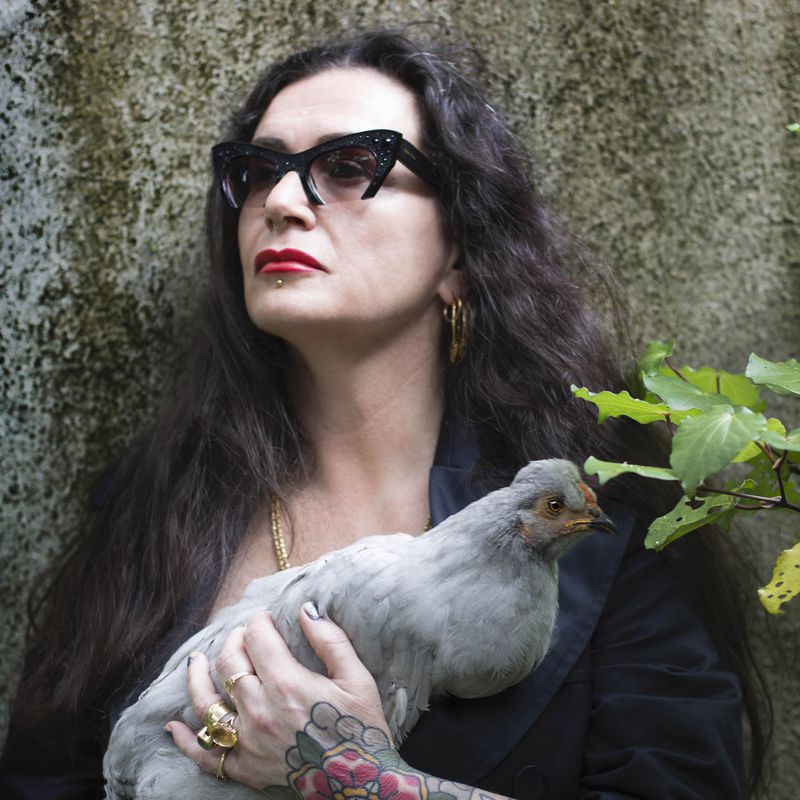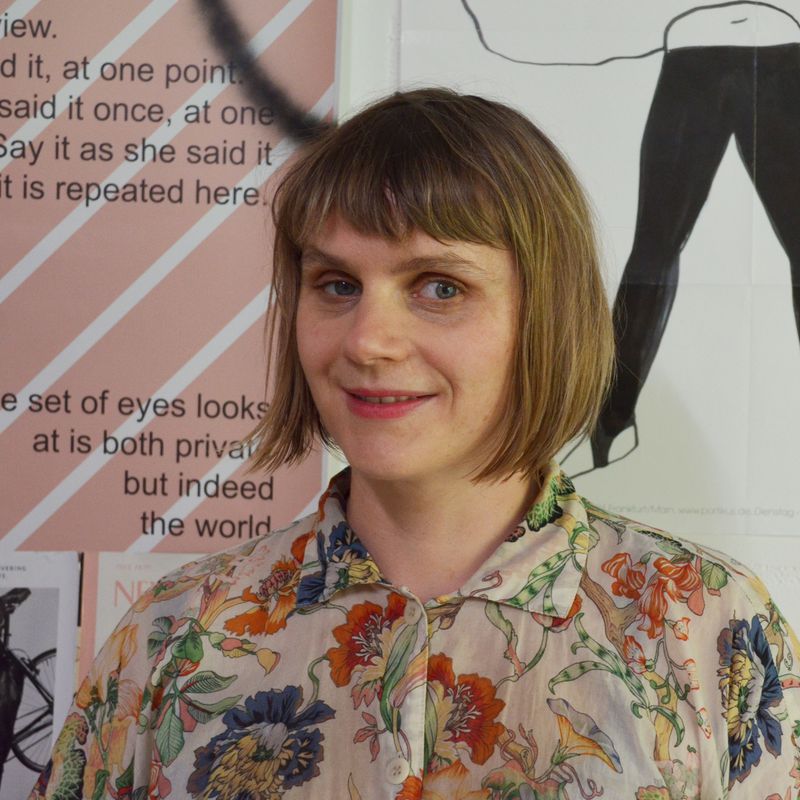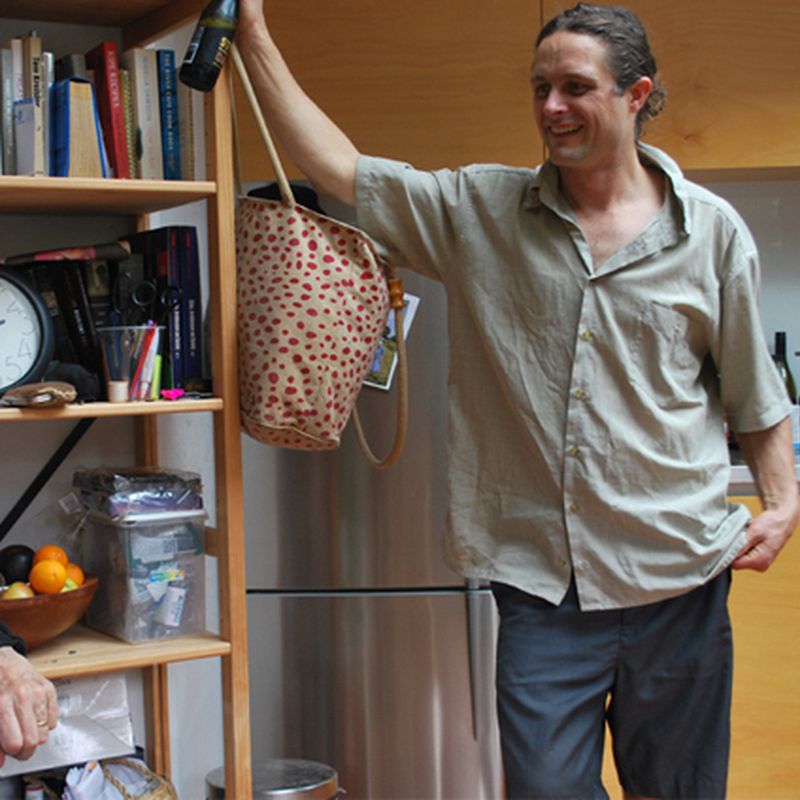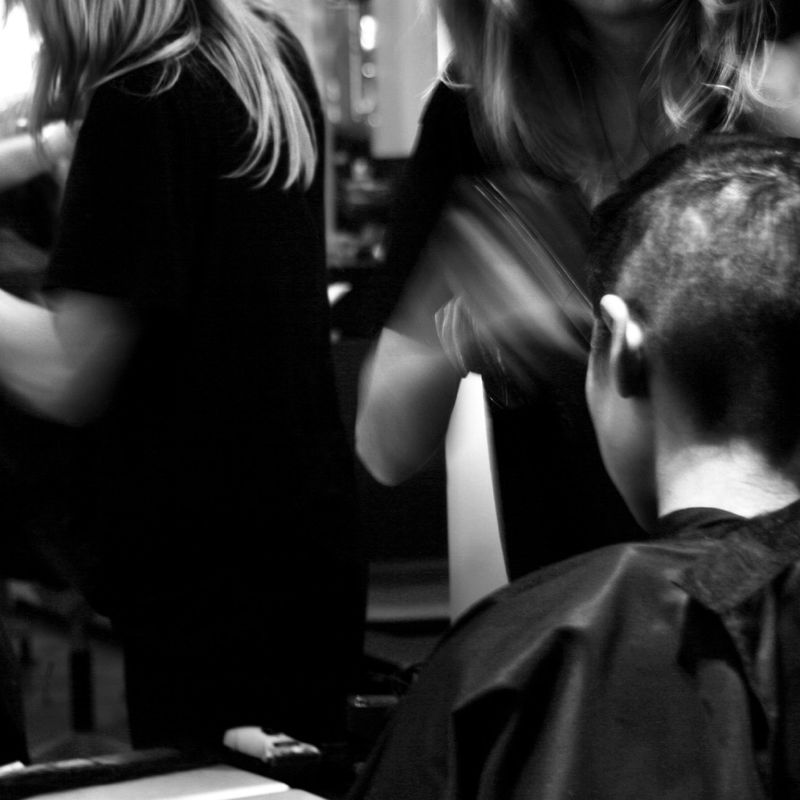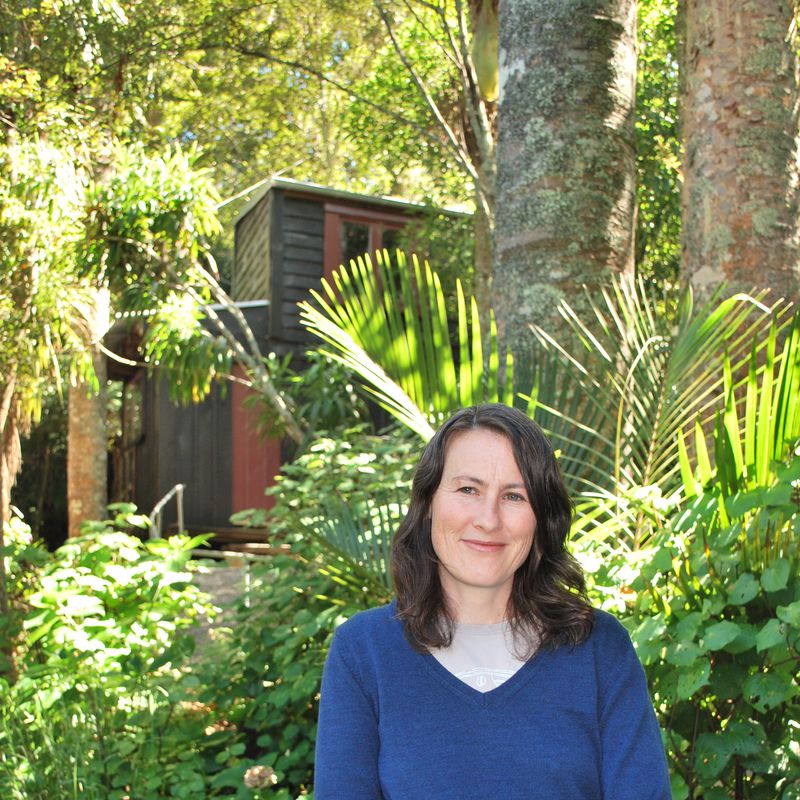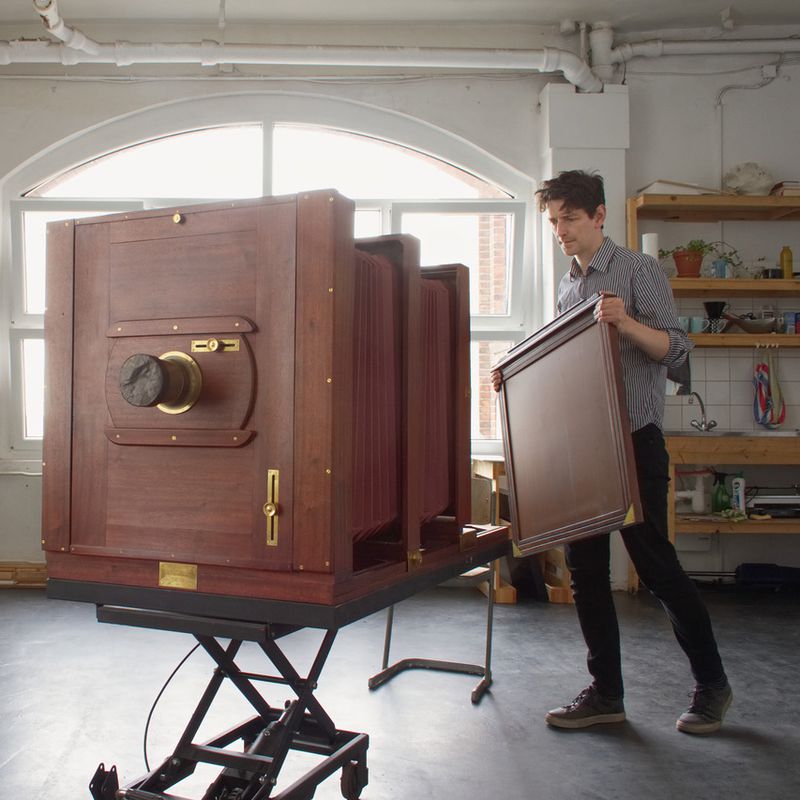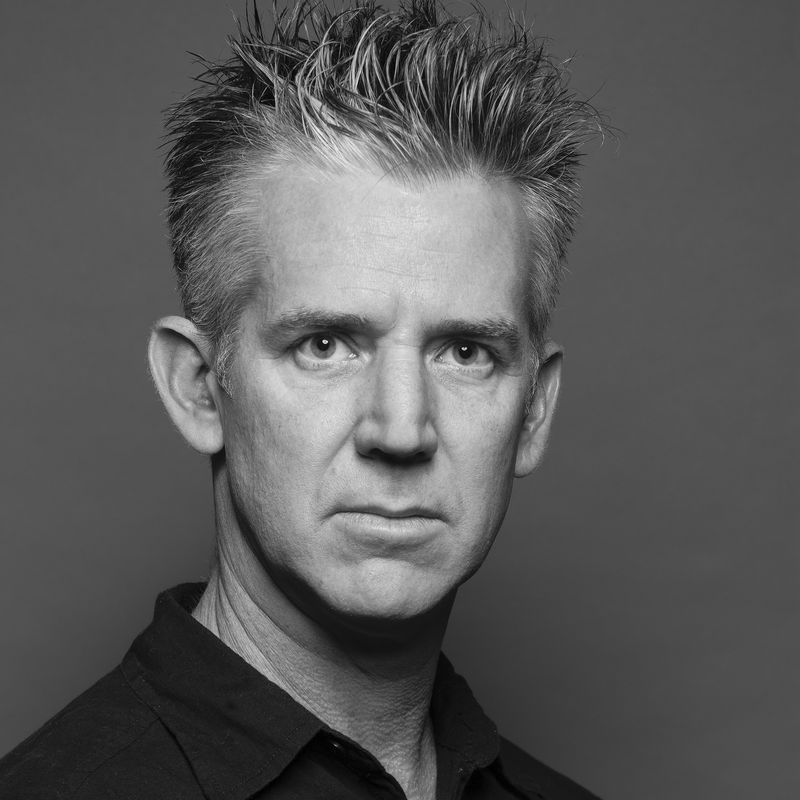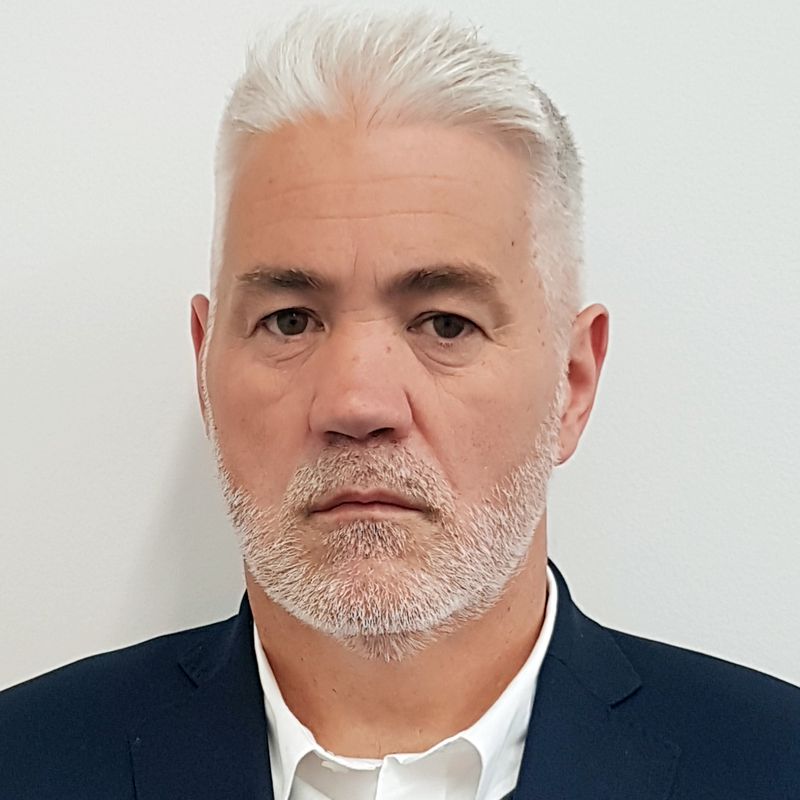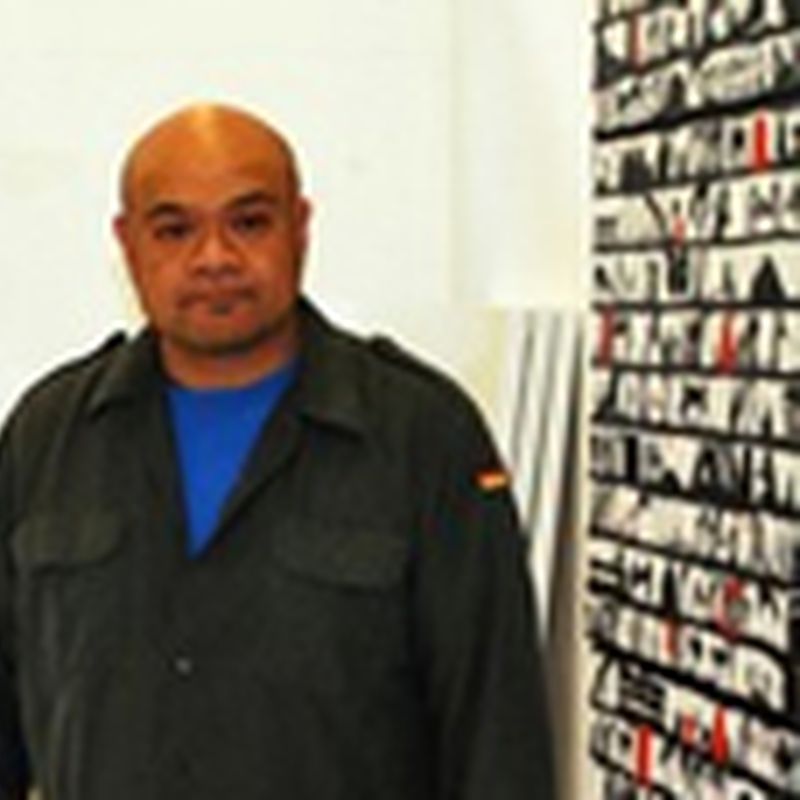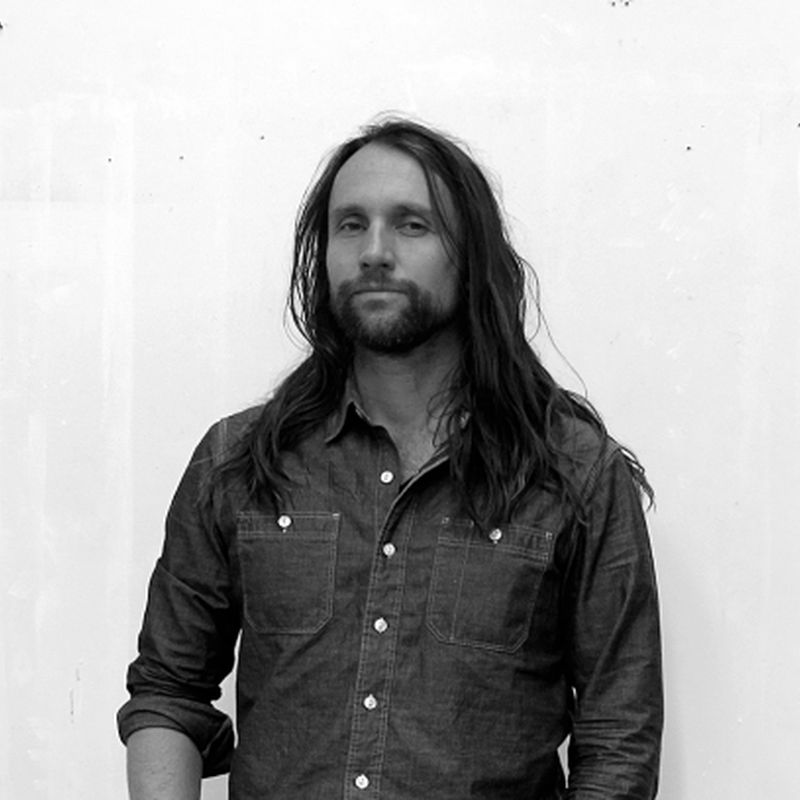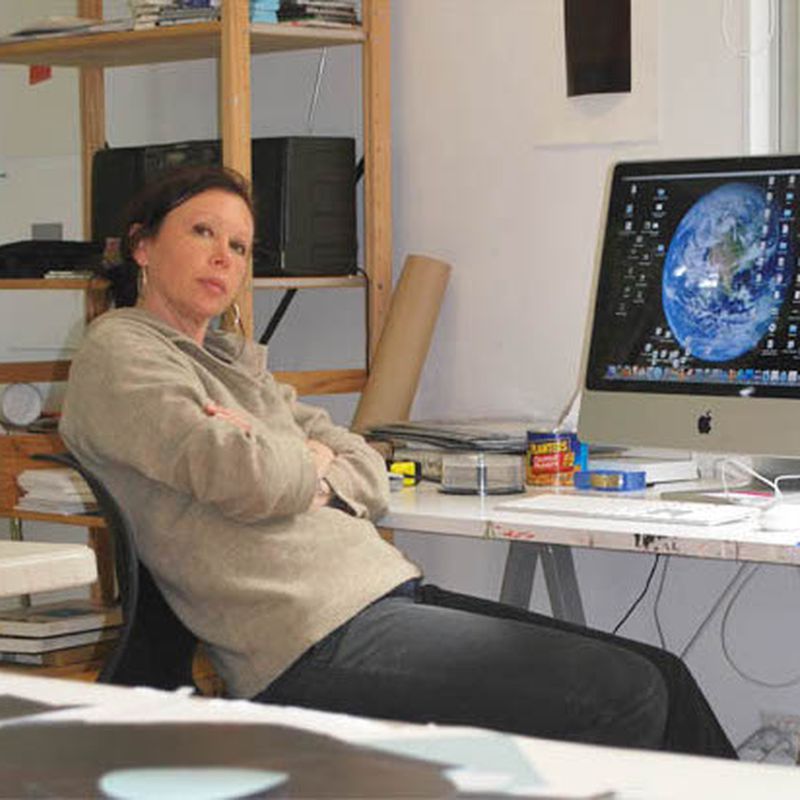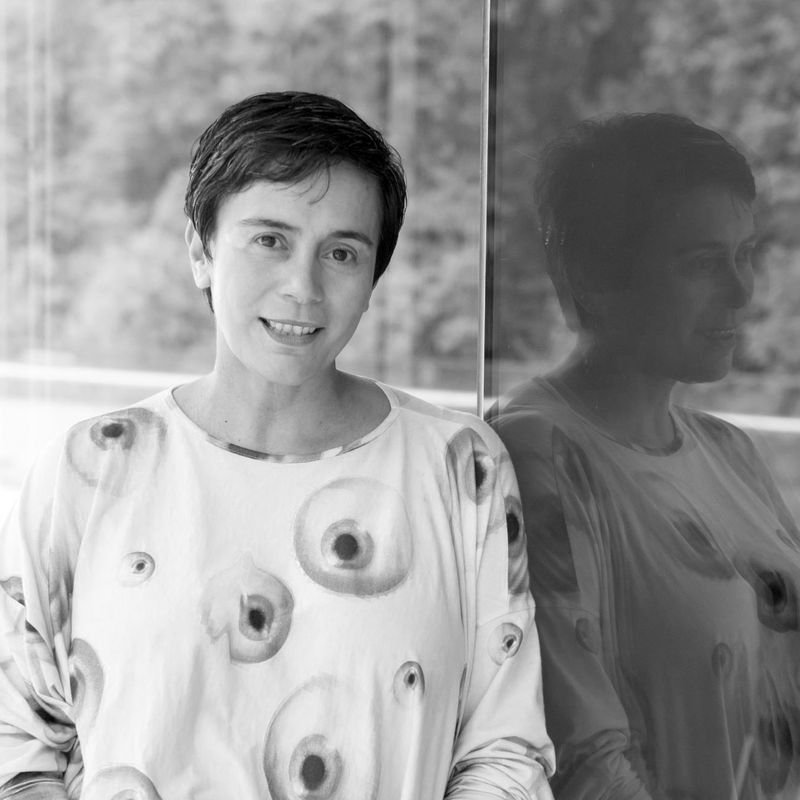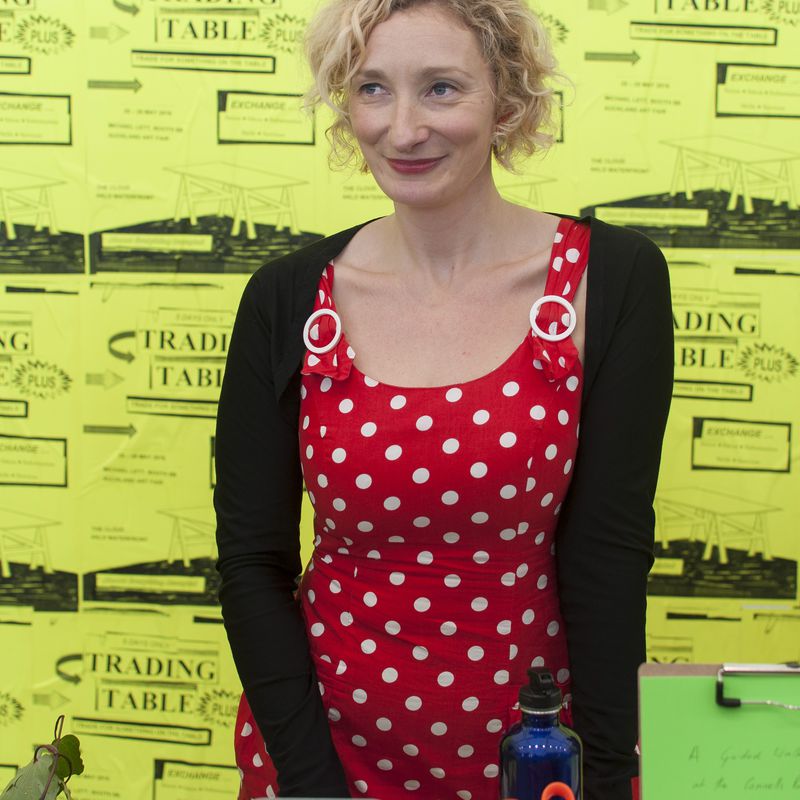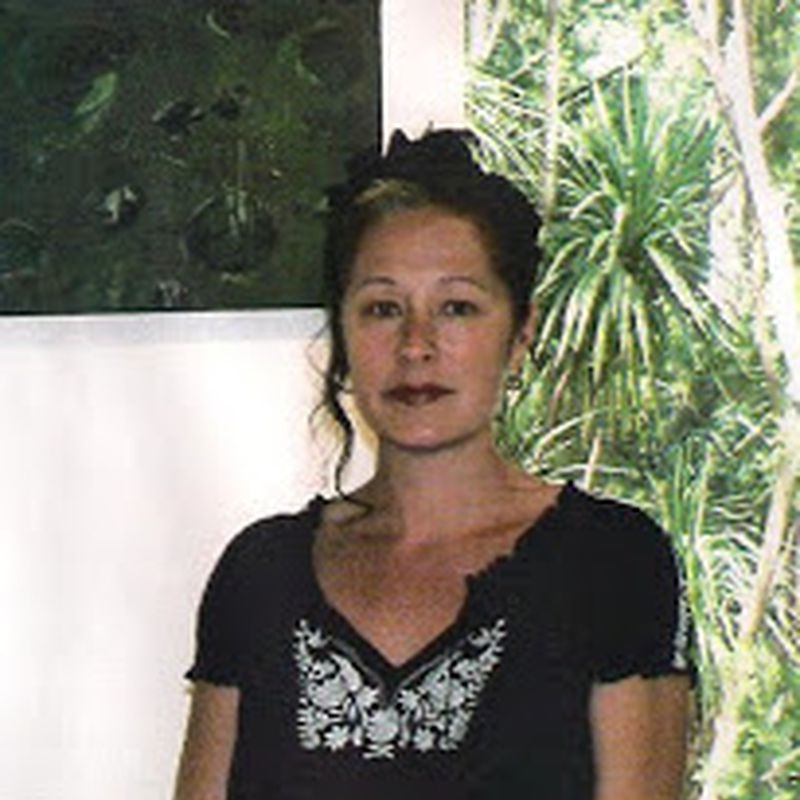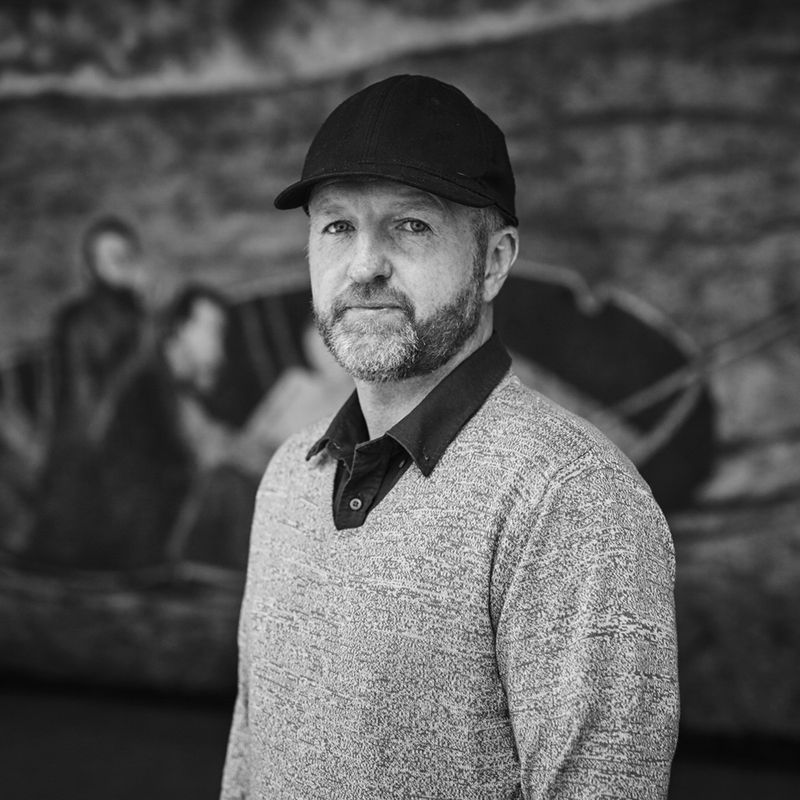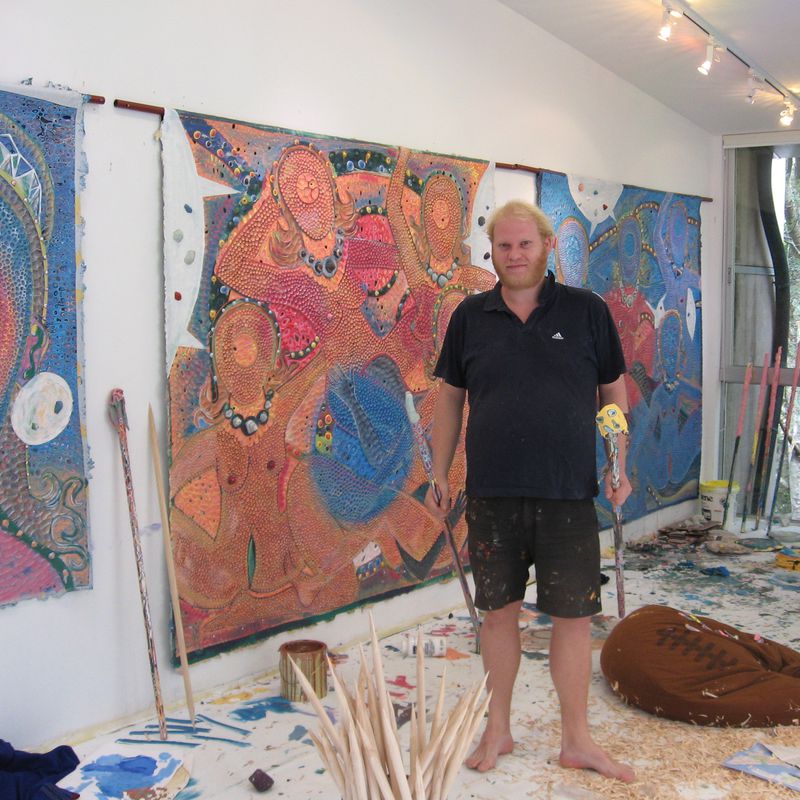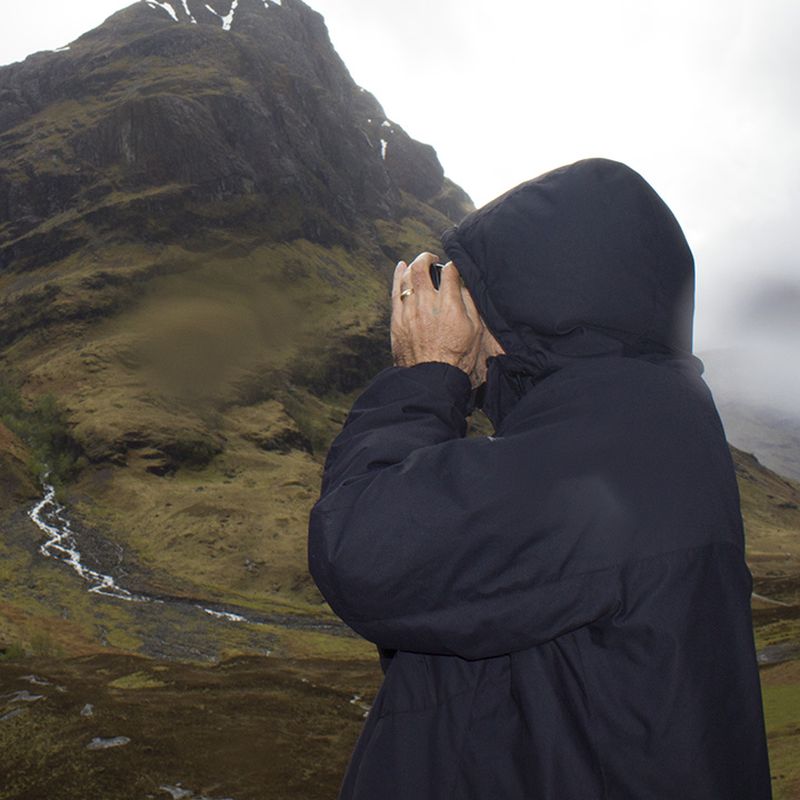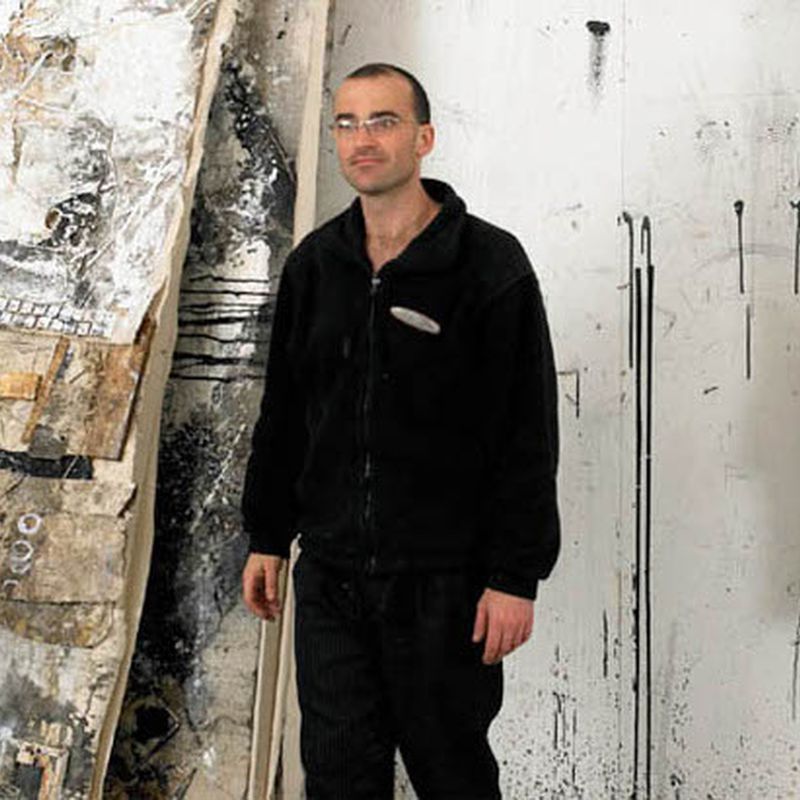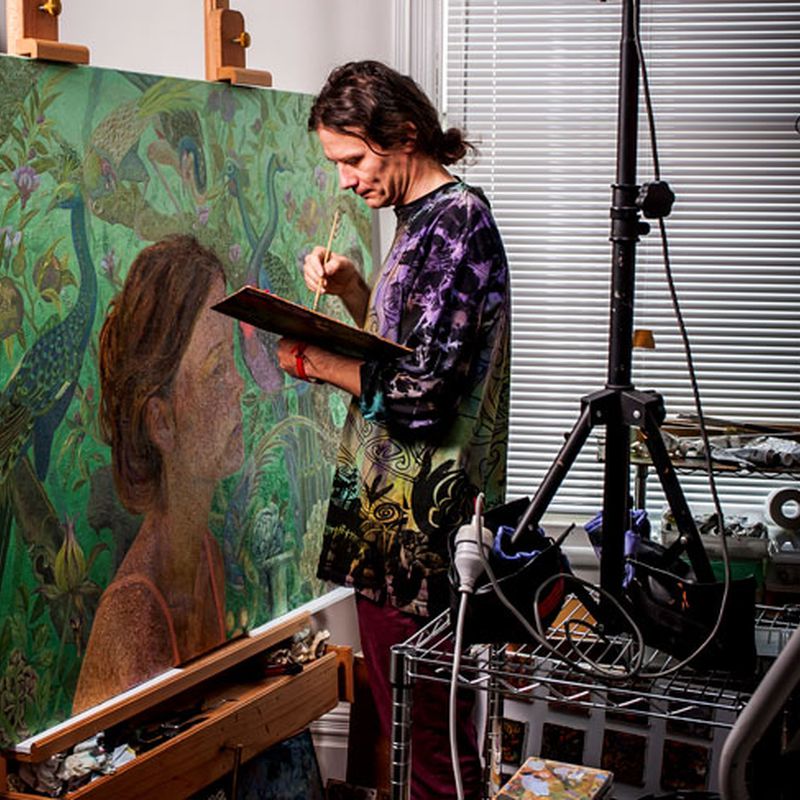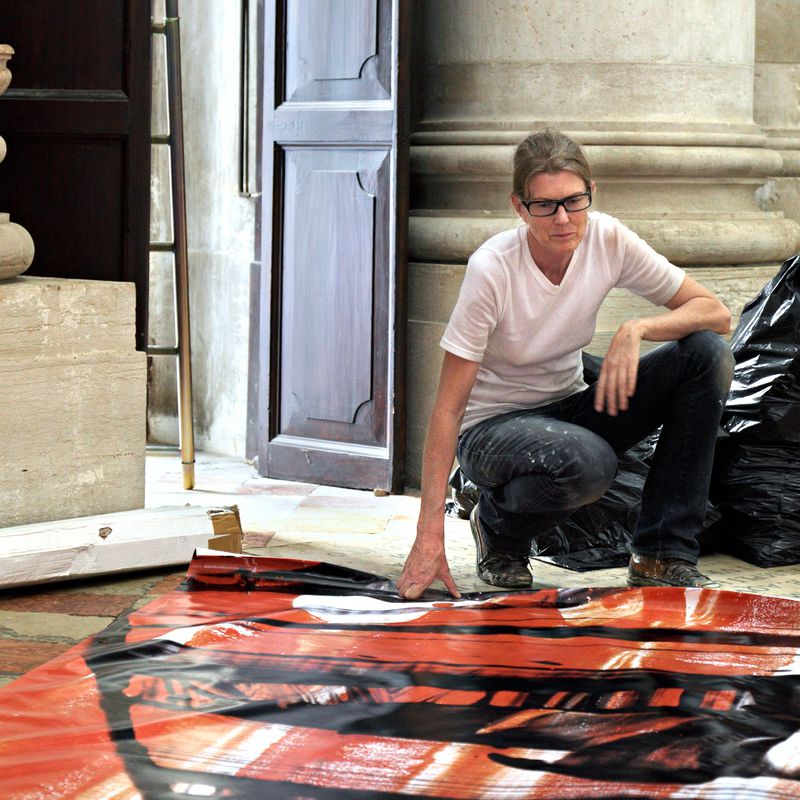- Amy Howden-Chapman2014
- Ana Iti2020
- Andrew McLeod2007
- Andy Leleisi’uao2010
- Anoushka Akel2024
- Ava Seymour2009
- Ayesha Green2022
- Ben Cauchi2011
- Benjamin Work2024
- Bepen Bhana2016
- Campbell Patterson2015
- Cora-Allan Lafaiki Twiss2021
- Dan Arps2014
- Daniel Malone2014
- Emily Karaka2021
- Emma Fitts2018
- Eve Armstrong2009
- Fiona Pardington2013
- Gavin Hipkins2007
- George Watson2024
- Glen Hayward2011
- Imogen Taylor2017
- James Robinson2007
- Jess Johnson2019
- Jim Speers2010
- Judy Millar2006
- Kathy Barry2012
- Lisa Reihana2009
- Liyen Chong2012
- Louise Menzies2016
- Luise Fong2008
- Martin Basher2010
- Michael Stevenson2023
- Moniek Schrijer2021
- NELL2023
- Neke Moa2023
- Nicola Farquhar2018
- Oliver Perkins2017
- Owen Connors2023
- Regan Gentry2012
- Richard Frater2020
- Richard Lewer2008
- Rohan Wealleans2008
- Ruth Buchanan2013
- Sarah Smuts-Kennedy2016
- Sefton Rani2025
- Sorawit Songsataya2018
- Steve Carr2020
- Suji Park2015
- Tanu Gago2022
- Taro Shinoda2017
- Tiffany Singh2013
- Tim Wagg2019
- Wayne Youle2019
- Zac Langdon-Pole2022
Neke Moa
YEAR OF RESIDENCY
September - December 2023

Neke Moa (Ngāti Kahungunu ki Ahuriri, Kāi Tahu, Ngāti Porou, Ngāti Tūwharetoa) lives and works in Ōtaki, Aotearoa. Neke's practice centres on adornment and object-making, drawing heavily on materials found in Te Taiao (the environment). Moa taught shell craft in Fiji and Tonga between 2016 and 2020. She continues to teach and learn as part of her art practice, which centres mātauranga Māori, hauora, connectedness, and materiality. Moa has exhibited widely, throughout New Zealand and internationally, participating in such projects as HANDSHAKE (2010–22), Wunderrūma (2014–16), and the 2016 Festival of Pacific Arts in Guam. She was selected to show at Schmuck 2015 in Munich. In 2018, she participated in Te Ao Hurihuri: Ever Changing World, a collaboration between the HANDSHAKE project (Aotearoa) and Dialogue Collective (United Kingdom) at the Crypt Gallery, London. Three solo shows followed in short succession: Nō Te Moananui-a-Kiwa (2019) at the Dowse Art Museum, Te Awakairangi Lower Hutt; Māreikura – in conversation (2020) at Masterworks Gallery, Tāmaki Makaurau; and Rākau whakarawe – Weapons for the everyday (2021) at the Suter Art Gallery Te Aratoi o Whakatū, Nelson. Future exhibitions including Moa’s work are scheduled for Masterworks Gallery, Objectspace, and Season, Neke’s primary representative. Image: Neke Moa, Whānau Mārama (installation view), 2022, Aotea, Commercial Bay, Tāmaki Makaurau
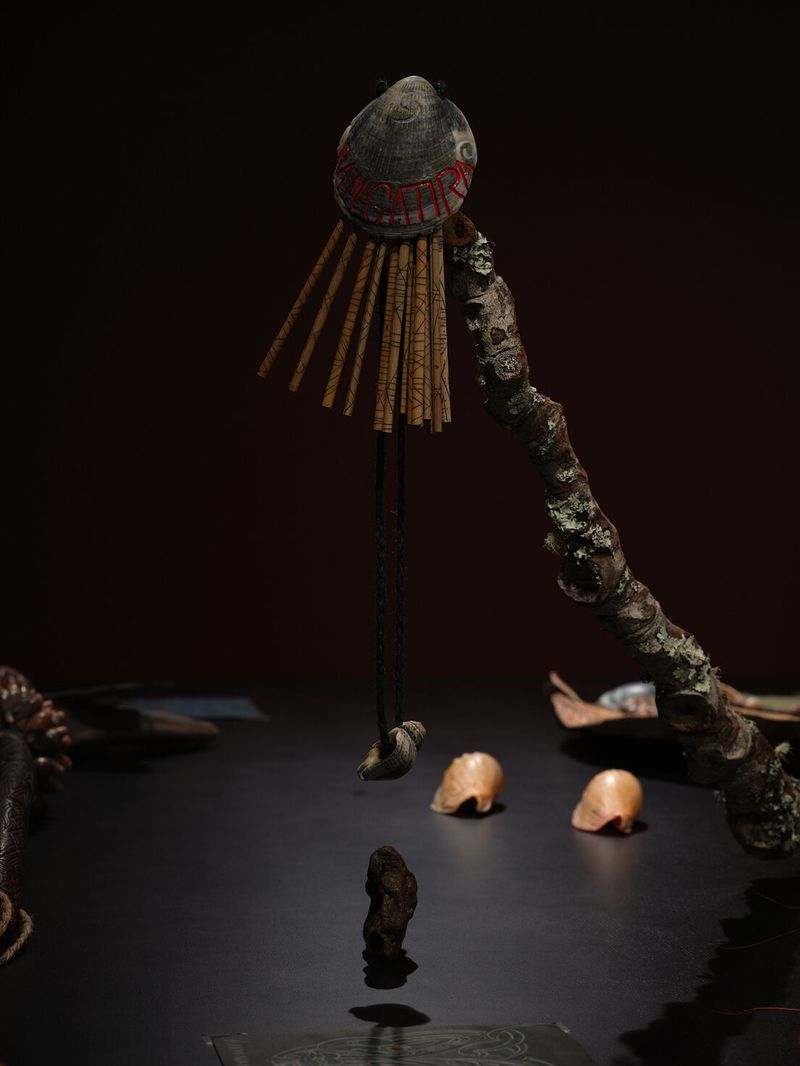
Neke Moa, Rangatira, 2023, photograph by Sam Hartnett
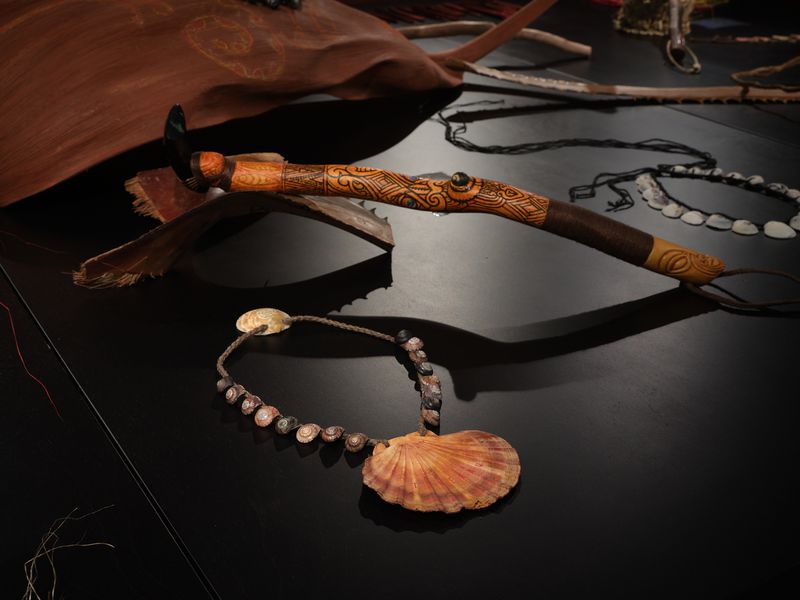
Neke Moa, Tokerau, 2023 (foreground) and Māhoe, 2023 (behind), photograph by Sam Hartnett
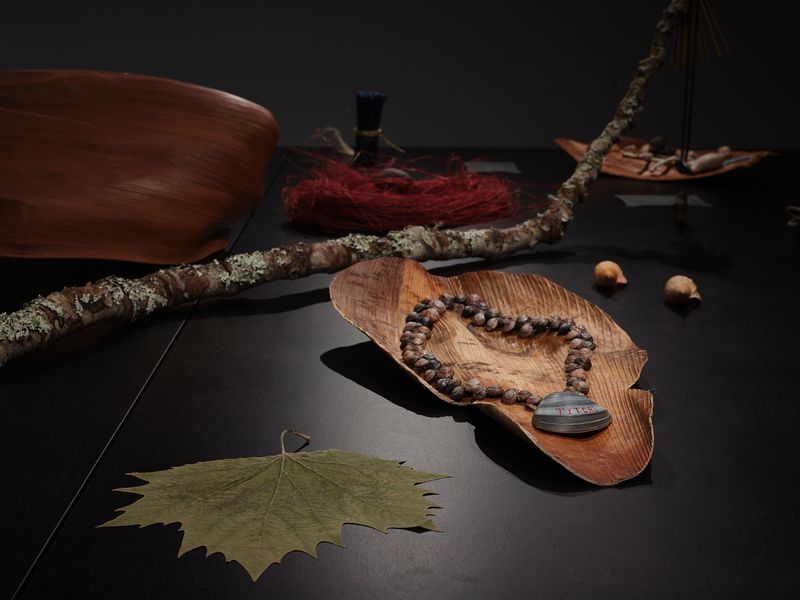
Neke Moa, Titori, 2024, photograph by Sam Hartnett
Neke Moa is one of my favourite cultural translators. She makes it all seem so obvious – the way she compiles components of knowledge and materials, interprets their message or story, their horopaki (context), and assembles them as living and breathing artworks. Like it’s that easy to make art. Watching Neke reminds me of a wonderful expression, one both my Nana and Hone Tuwhare use: “It’s nothing special.” I believe the phrase acknowledges ordinariness as a positive. Nothing special means nothing out of the ordinary – that it’s natural, common, usual, normal, or—in another language maybe—it’s Māori.
“We’ve been having a go at sewing them up,” says Neke stepping down into her studio. ‘We’ means her, her partner Paula, and any number of the atua (deities) who are helping in the background. ‘Them’ means golden brown nīkau fronds leaning against a white wall. “It’s got a big pounamu inside, holding it down.” The branches are leafless and have been beautifully threaded together to exaggerate and fix their rotund hapūtanga quality. “We just love their shape.” After trailing a range of palm-sized pieces of pounamu to anchor the form (gifted from the estate of John Edgar, who is, in Neke’s words, “the awesome stone guy”), she has found the perfect spouse for the nīkau sculpture. She tests the prototype, placing a shiny, almost slippery looking river stone into the belly of the palm. There is a crunch and dull thud as the pounamu finds the floor. The pair dance together, a wobbly duo, before they unite to find their shared centre of gravity and stop still.
Neke is masterful at a pounamu intervention, actioning a set of discussions to synchronise one body's vibrations with that of another. When you look closely at the details of Neke’s early exhibited work with pounamu, it pushed out the notion of what a ‘customary’ single pendant could be. In that era, a decade ago, she would combine a sculpted body of swirling pounamu alongside a hand-made clasp made from dense unbuffed brass. Two languages, or speeds of language, side-by-side, pulling in their own directions. Comparatively in her recent bodies of work, individual pieces don’t exclusively rely on pounamu being visible. Instead, it’s her audience themselves that bring an awareness of its presence. A conch or oyster shell may appear to wholly take centre stage as a pendant, but in truth, you are also looking at the history of pendants made across her career. You can sense the potency of every cultural icon she has worked with, especially pounamu. This is the whakapapa of her practice.
“I’ve been doing some drumming on them too. She’s such a great drum. Here.” Neke offers me five tiny shells, they have been quietly rattling in her hand since we passed a pile on the windowsill at the top of the stairs. Her arms free to scoop up another nīkau frond and rest it on her chest. The dry edges of the palm catch her t-shirt as it slides over her shoulders, mimicking sounds of humans walking through the bush. She has put a string through it so it can be worn from her neck, as an adornment – except this isn’t something easy to wear. It involves commitment and a particular attitude or playfulness to pull it off. Could it be worn for battle? Or protection from the wind? Maybe both. A piece of armour that hugs the body when you feel alone or a tenor drum for entertaining your audience. Bang-bang-bang-bang. The disruptive rhythm breaks my train of thought. “Aye?” Neke checks we are keeping the same time: she is aware that as we traverse the fringes of our joint chambers of knowledge, or at least mine, I might not be able to keep up with her flow.
Neke’s work rejects the idea that we are permitted to be only one thing at any one time. Instead, her pieces are fluid, their identity can change to encompass multiple atua and languages from across Te Moananui-a-Kiwa. A single work can comfortably qualify as more than one artform – a piece of jewellery, a sculpture, a performance. In 2020, Neke created Ngāti Pukana, a pendant made with carved driftwood to resemble an atua with a pounamu tongue. It was for Hauhake, a curatorial project held in the courtyard of Objectspace. Ngāti Pukana was offered to visitors with an invitation to temporarily hold her and keep her safe while they occupied the Māori-led exhibition environment. If consent was granted the work was placed regally over their neck. The visitor would become illuminated by Ngāti Pukana’s mana (power), their status uplifted by the honour. The small gesture of shared guardianship was intended to deepen the connections between the ‘artworks’ and the ‘visitors’ – the visitor essentially becoming part of the Māori environment and an artwork in the show. In 2023 Ngāti Pukana went global and won the coveted Herbert Hofmann Prize at Munich Jewellery Week. This was a sign that Neke’s investigations into Indigenous knowledge systems of power and protection through adornment were undeniably relevant.
Neke takes the nīkau armour off, places a pounamu inside and waits for it stand upright. “What about a whole heap of them sitting around?” She gestures the placement of further sculptures, the haputanga form multiplied again and again until the space is full. I can see their bodies rise from the floor as she conjures up a dream show. “Yes! Yes! Yes!” I hail back. Exactly! Imagine her sculptures boosted up. I don’t mean in a Jeff Koons or Michael Parekōwhai way. Those artists demonstrate futurisms through slick and smooth fabrication techniques that render a human maker invisible. Instead, I am thinking of Simone Leigh (Jamaican, American), whose work reframes stereotypes associated with Black women and celebrates Black life. Her presentation Sovereignty at the 2022 Venice Biennale showed a clear connection between her hand-made ceramics and the monumental public sculptures that developed from them. I think also of Turner Prize-winning artist Lubaina Himid (Zanzibaris, British), who exploits her background in theatre to bring galleries and museums alive with painted sculptures of characters that express the Black experience and women’s creativity. Like Neke’s work, these sculptures are a tono, an invitation, to other coloured women to participate directly and frequently in the global conversations happening in contemporary art right now.
“There is so much nīkau that just drops off and they are such lovely shapes. Touch that!” The newest fallen fronds feel muscular and fleshy, still swollen with the moisture from the bush. We start to consider the wooden stage we stand on, designed to keep us warm and dry. But the studio is like a giant dehydrator for the natural debris. Neke worries that the controlled space and its comforts could speed up the aging process of her materials, propelling them towards skin that is brittle and prone to break apart. I watch her massage her own skin’s oils into everything she touches: driftwood, then muka, until she reaches a familiar looking segment of pen shell, part of the mussel family. The iridescent surface looks like oil on water. The rainbow effect reads digital or even artificially fabricated, like two-tone automobile paint from the 1980s. It could have come from outer space with its attitude and futuristic language.
“Isn’t this so beautiful?” She holds the beak-like shard of shell, but she isn’t talking about what we can see and touch. She is referring to the rest of the body, that broke on its journey to dry land. She sees its wholeness, drawing with her finger in space, indicating the original scale of the shell. I ooh and ahh back with genuine amazement, privately mortified that I have never properly honoured this common shell. “I know. Nice, aye?” Neke says. “When you start looking at them properly, and sanding them back, you can see all the different shades and textures. The colours are quite different to pāua. There is a depth of greens that are shimmering.” She pauses “But you never how things will sit and move on the body and then on the wall too. We just tutu until I find the shapes that go together – that don’t usually go together – but we find that relationship. That’s the fun part.”
During our time together at Parehuia Neke’s hands were never empty. Utterances, verbal or otherwise, were made with a rākau kōrero —a support partner for communicating a message in its fullness. Neke used all the signals she could to deliver her whakaaro: the rustle of dry nīkau against clothing; the jingle of tiny shells in a loose grip; the thud of pounamu on the wooden floor – adorning the gaps in my knowledge with languages found in nature. I realise that my hands were never empty either. I took momentary guardianship of a garland of conch shells that needed rebalancing to sit flush and a knot of muka to unravel for Paula’s weaving project. That’s Māori art, it’s nothing special – just conversations about the things we can and can’t see, reshaped, and retold with so much frequency across time that the space all around us is full up. It’s an abundant mindset.
When I remember this day, I’m not certain it was a regular ‘studio visit’. The deciduous walls had dropped off leaving us exposed to the elements, so we dressed ourselves with kauri leaves and nīkau husks for warmth. The wooden floor sodden with fresh dirt rubbed up against our bodies to become perfume. Each of us finding our anchor, our womb, so we may stand strong when the conditions change around us. On the kai table at a kids party recently, all the paper cups blew over in the wind. I called out to my son and directed him to the stones along the edge of the grass. He brought back a handful, turned an empty paper cup upside down and placed a single stone on top. A gust of wind blew, and the cup stayed still. The test worked just as it did at Parehuia. I thought perhaps I never departed the studio, maybe ‘the studio’ isn’t a place you can arrive at – it’s fluid. It’s something we carry around with us, our own internal territory where private negotiations and experiments happen alongside all the fun.
Artist Artworks
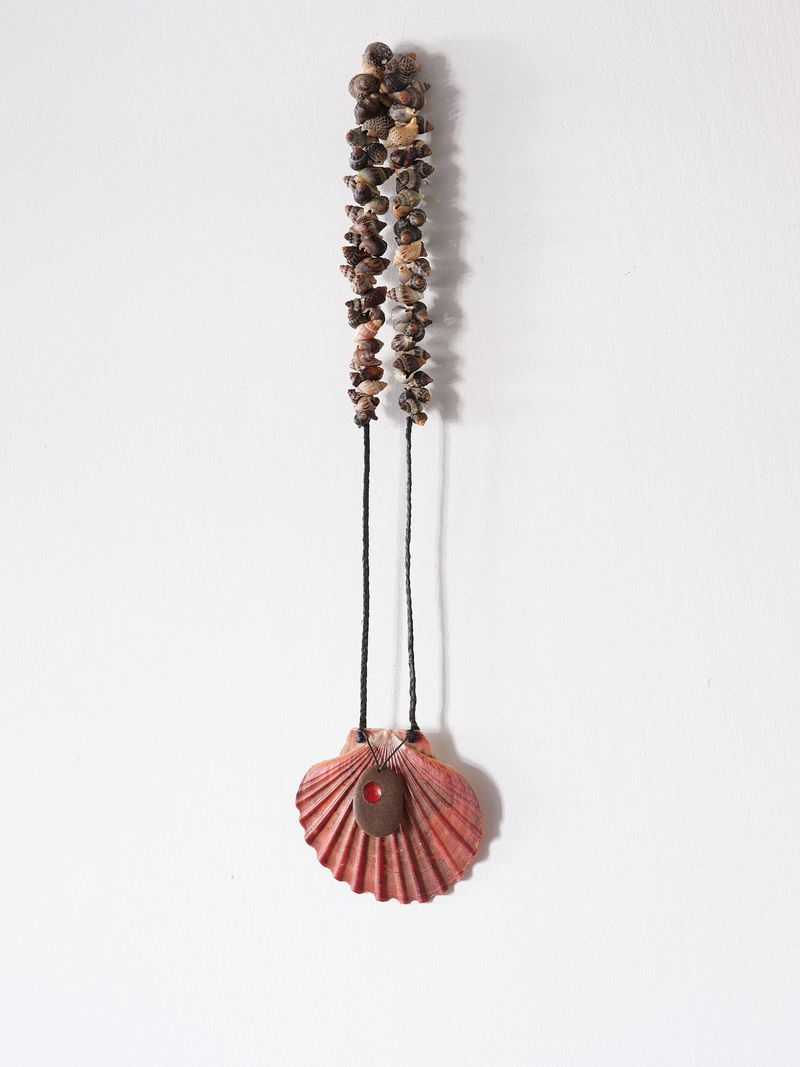
Neke Moa
Kaitiakitaka – Guardianship
2024
pīpīwai, tipa, pūpū (winkle), kawari (speckled whelk), huamutu (lined whelk), waxed twine
450 x 110 x 15mm
$950
Image: Sam Hartnett
Contact us to purchase this edition.
"Snail shells collected from Otitori (French Bay) form a lei, echoing their legacy as important indicators of a healthy beach and harbour. They are survivors, still showing their vibrant patterns and colours. A tipa (scallop) and atua made of pīpīwai (sandstone) remind us to take care and be good kaitiaki—or perhaps someday all this will disappear." - Neke Moa
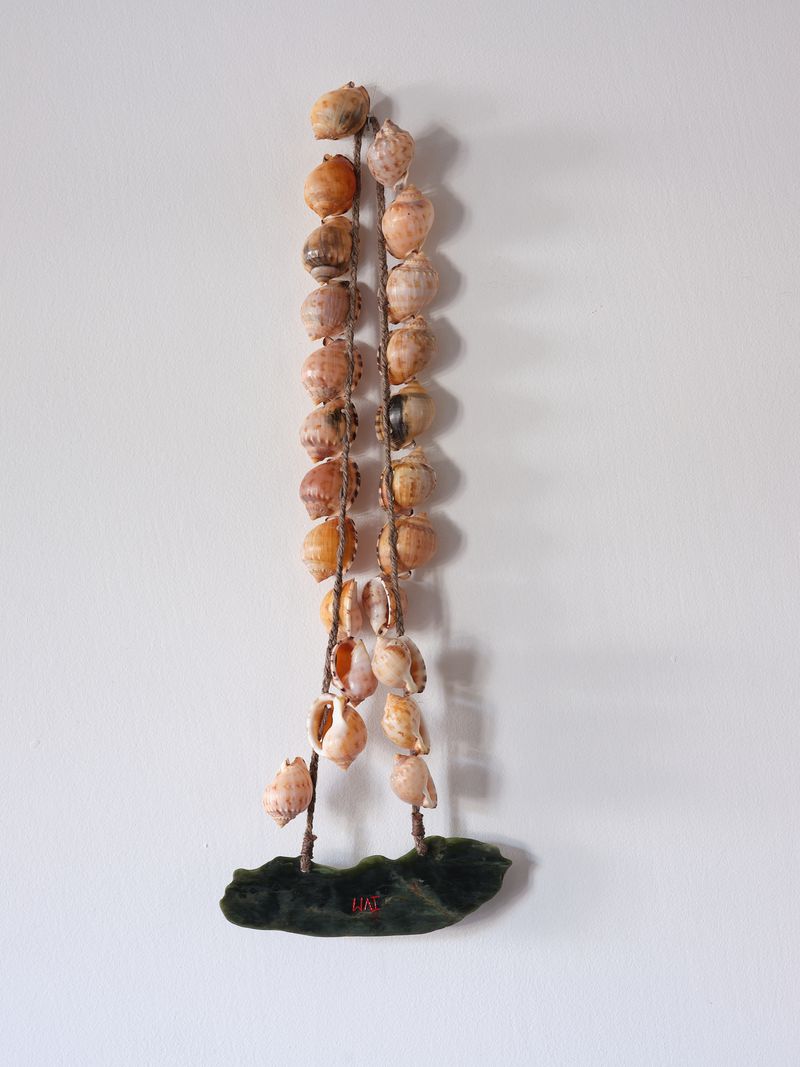
Neke Moa
Waitaha - One Water
2024
pounamu, pūpū māeneene, waxed twine
500 x 175 x 30mm
Collection of McCahon House Trust
Image: Sam Hartnett
"Pounamu and pūpū māeneene (helmet shells) from Ōtaki Beach. A selfie, a group of shells that have captured memories, remnants of beings and moments of shared time. The pounamu anchors as landscape, skin, weathering and aging, still beautiful and glowing. I am creator, maker, one water weaving and winding on a journey of discovery.
Opou pā looks across the Manukau harbour to Maungakiekie, the airport, the entrance to the moana. A site with access to rongoā and kai. We walked there daily, a wee hike up the track, often picking up branches, bark, and leaves of tānekaha, kūmarahou, and harakeke. A good spot to stand and reflect.
Māihi (spotted top shells) form the lei. Together, they are strong, working hard in the sludge in low and high tides, filter feeding, sustaining. When worn, they rustle and jingle, reminding us they are important. The carved kuhakuha (cockle) ties them together—Opou pā forever remembered." - Neke Moa
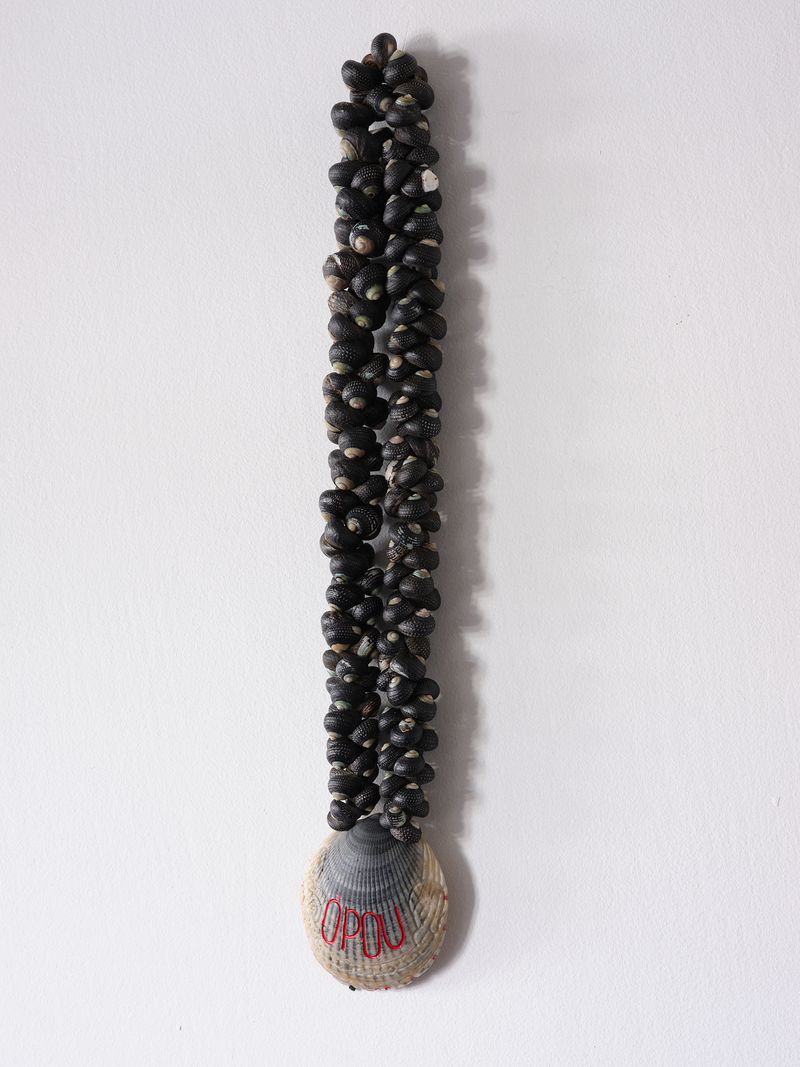
Neke Moa
Opou pā – Old pā site
2024
māihi, kuhakuha, twine
420 x 80 x 20mm
$1,400
Image: Sam Hartnett
Contact us to purchase this edition.
"Opou pā looks across the Manukau harbour to Maungakiekie, the airport, the entrance to the moana. A site with access to rongoā and kai. We walked there daily, a wee hike up the track, often picking up branches, bark, and leaves of tānekaha, kūmarahou, and harakeke. A good spot to stand and reflect.
Māihi (spotted top shells) form the lei. Together, they are strong, working hard in the sludge in low and high tides, filter feeding, sustaining. When worn, they rustle and jingle, reminding us they are important. The carved kuhakuha (cockle) ties them together—Opou pā forever remembered." - Neke Moa
